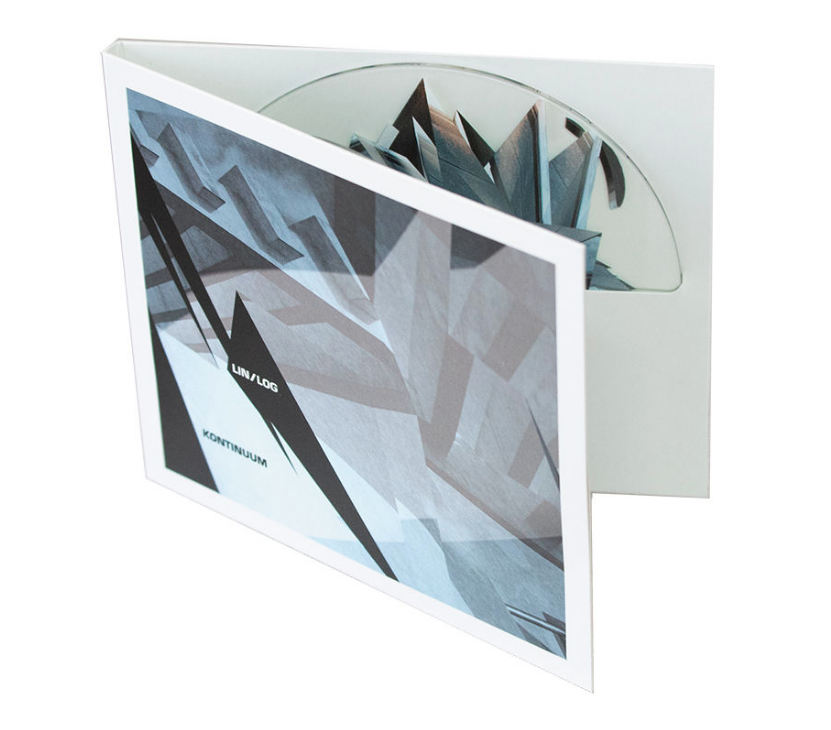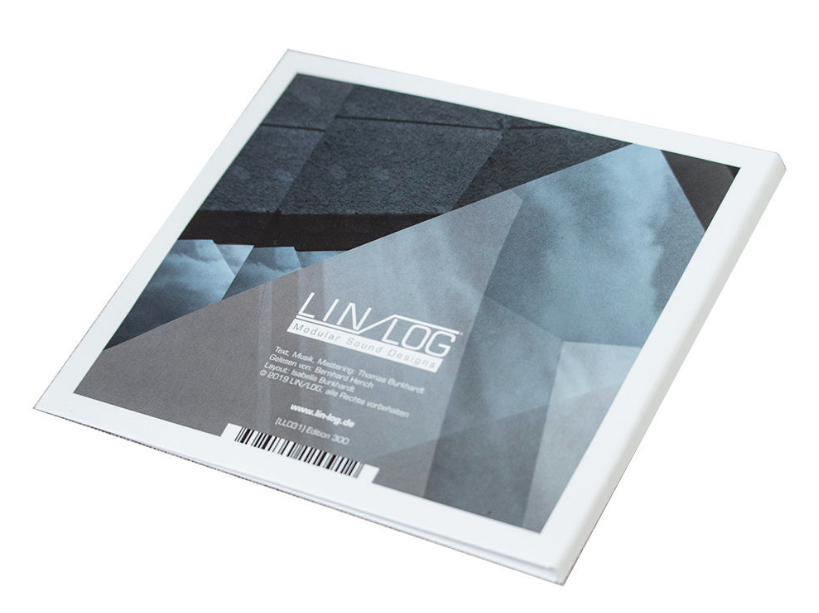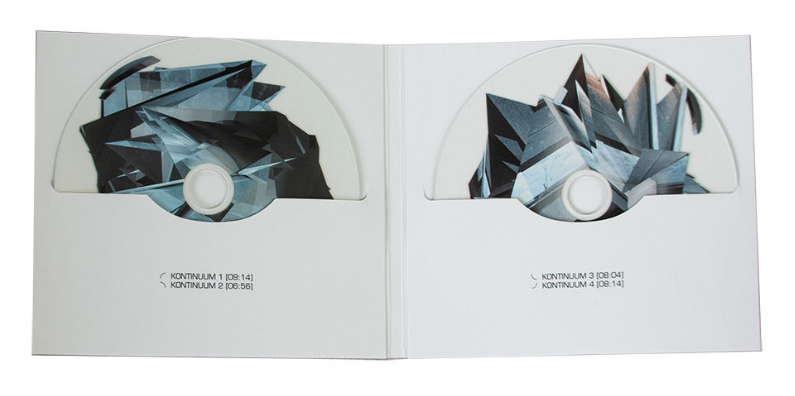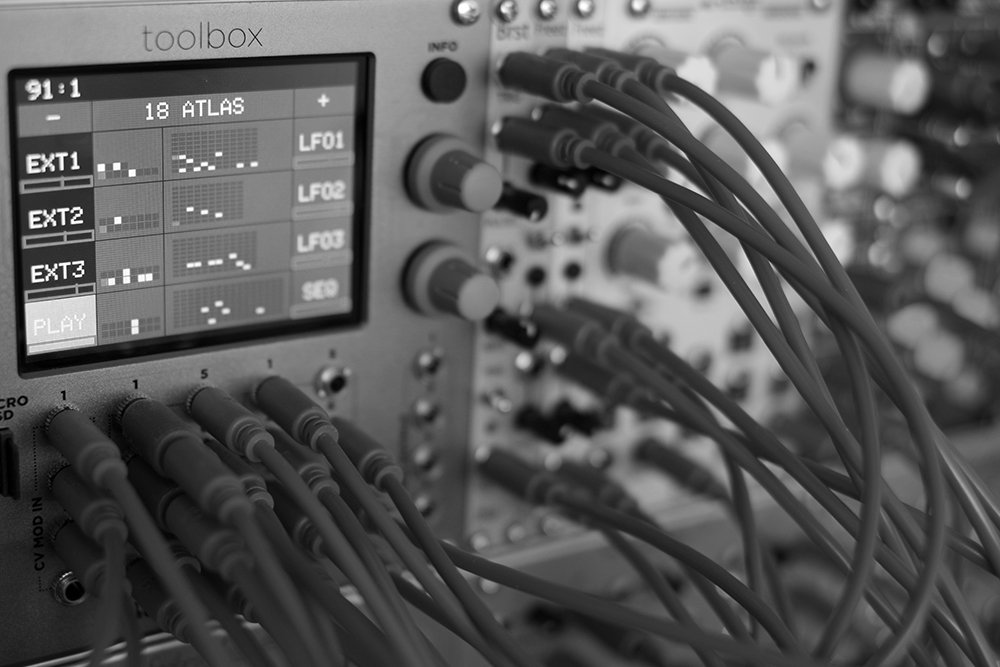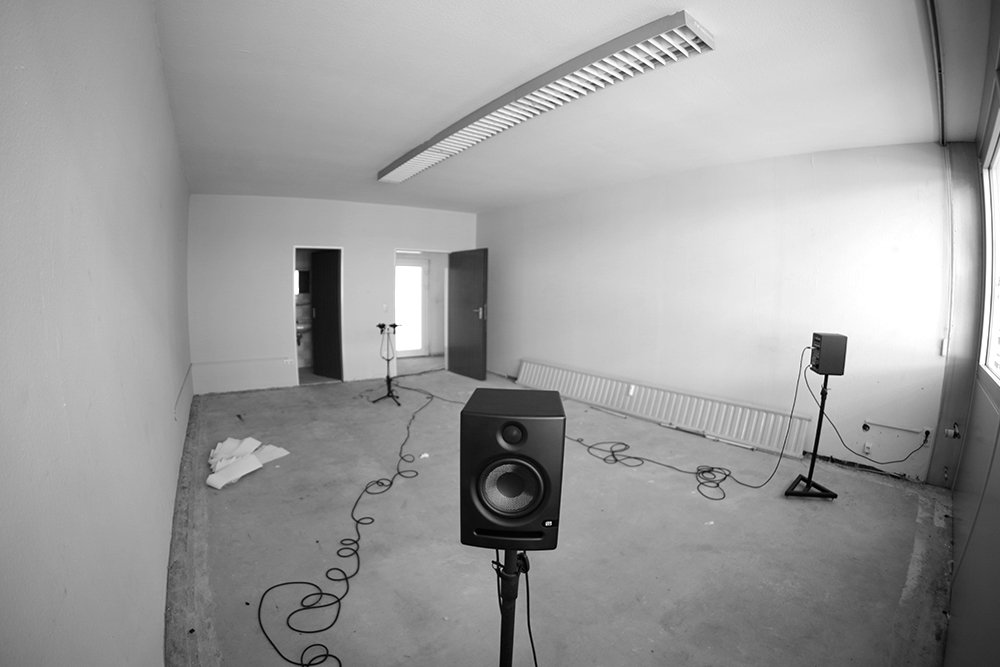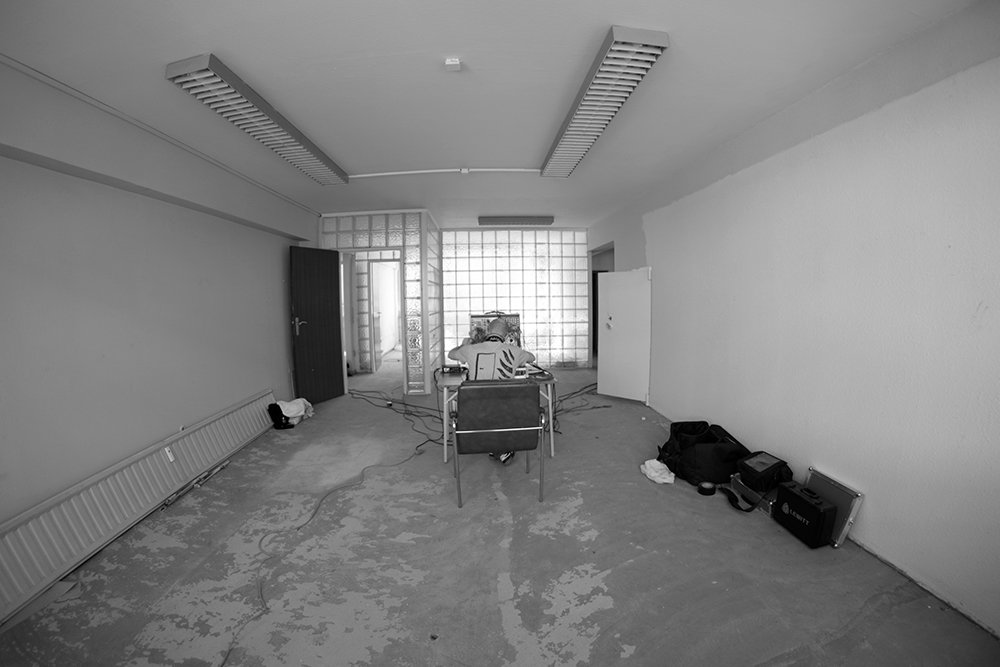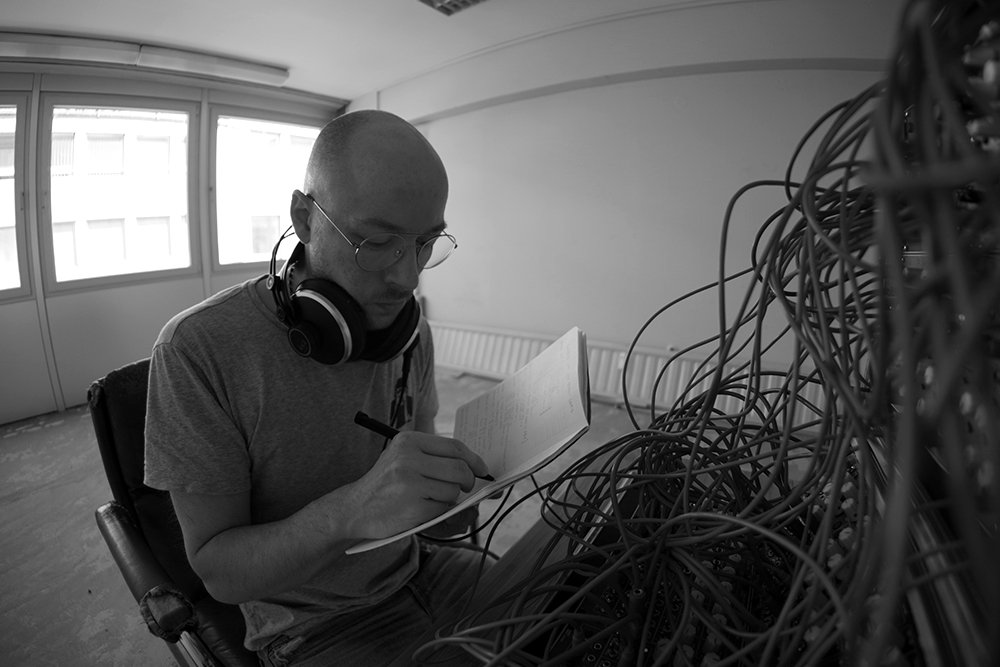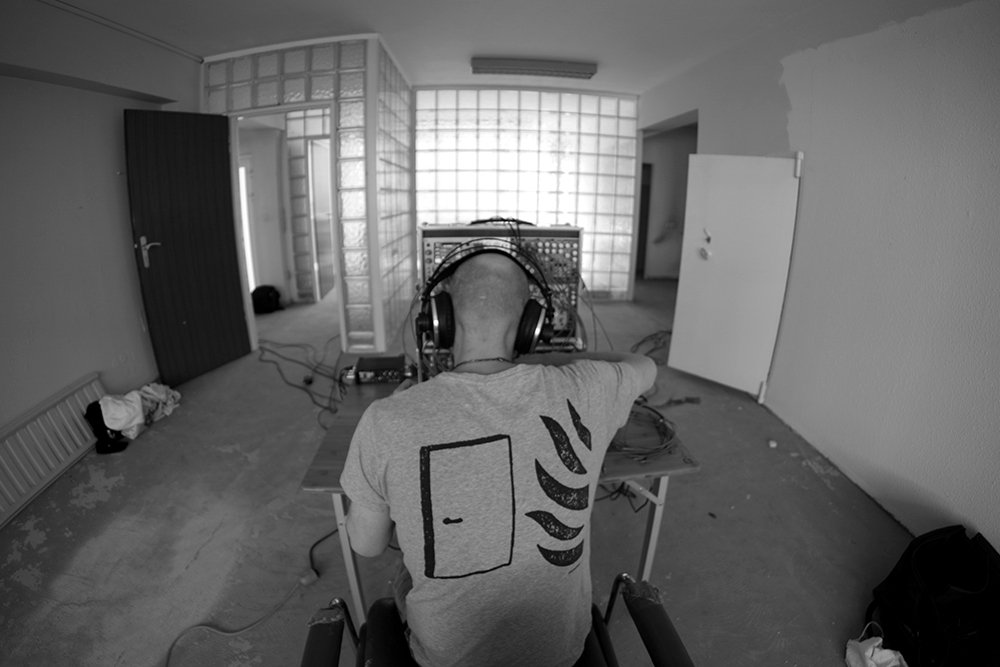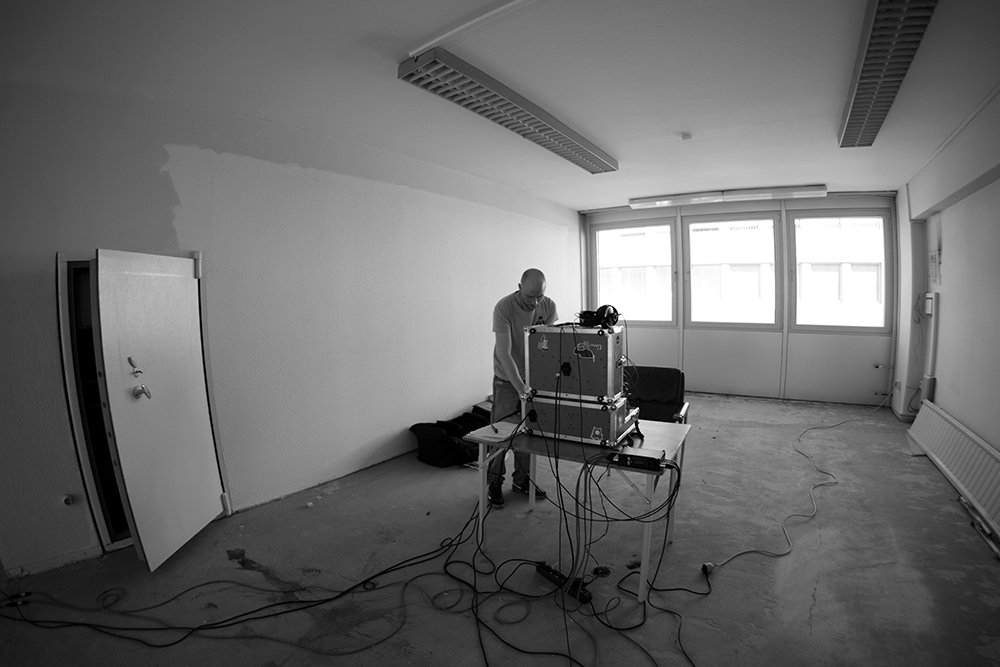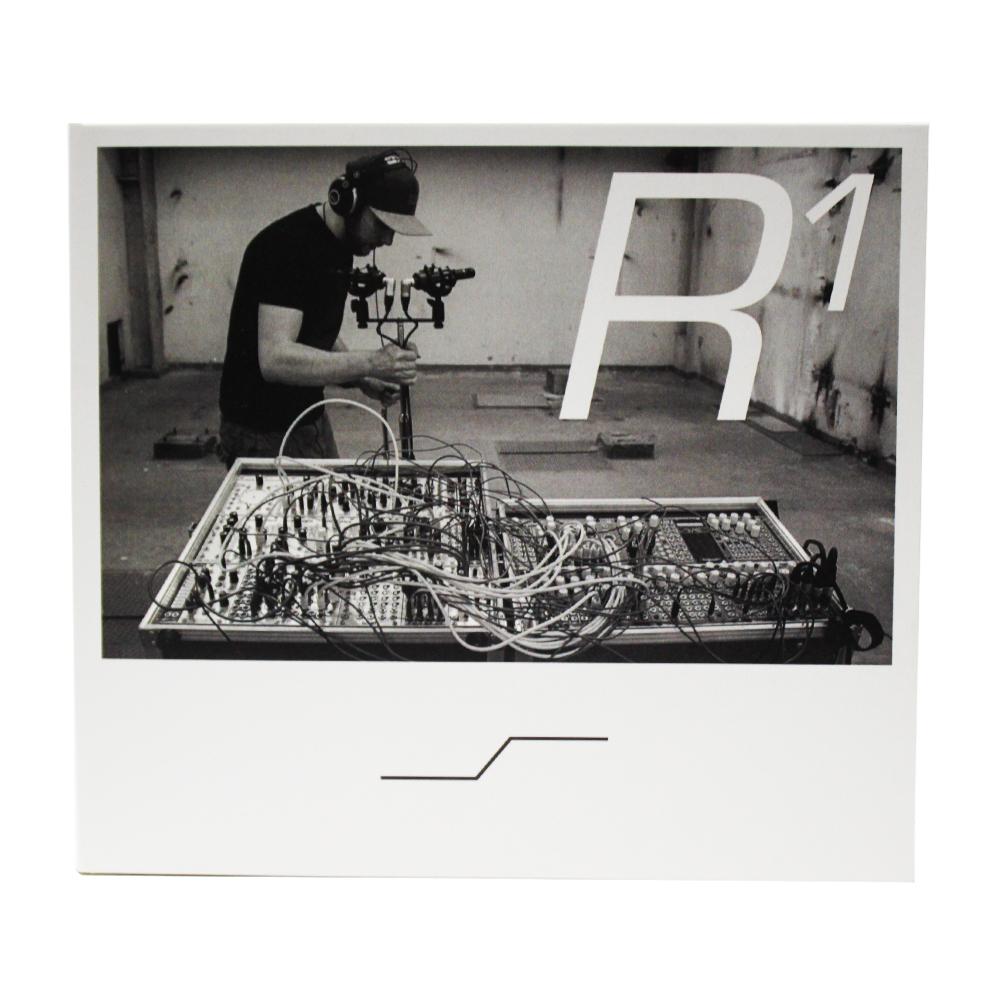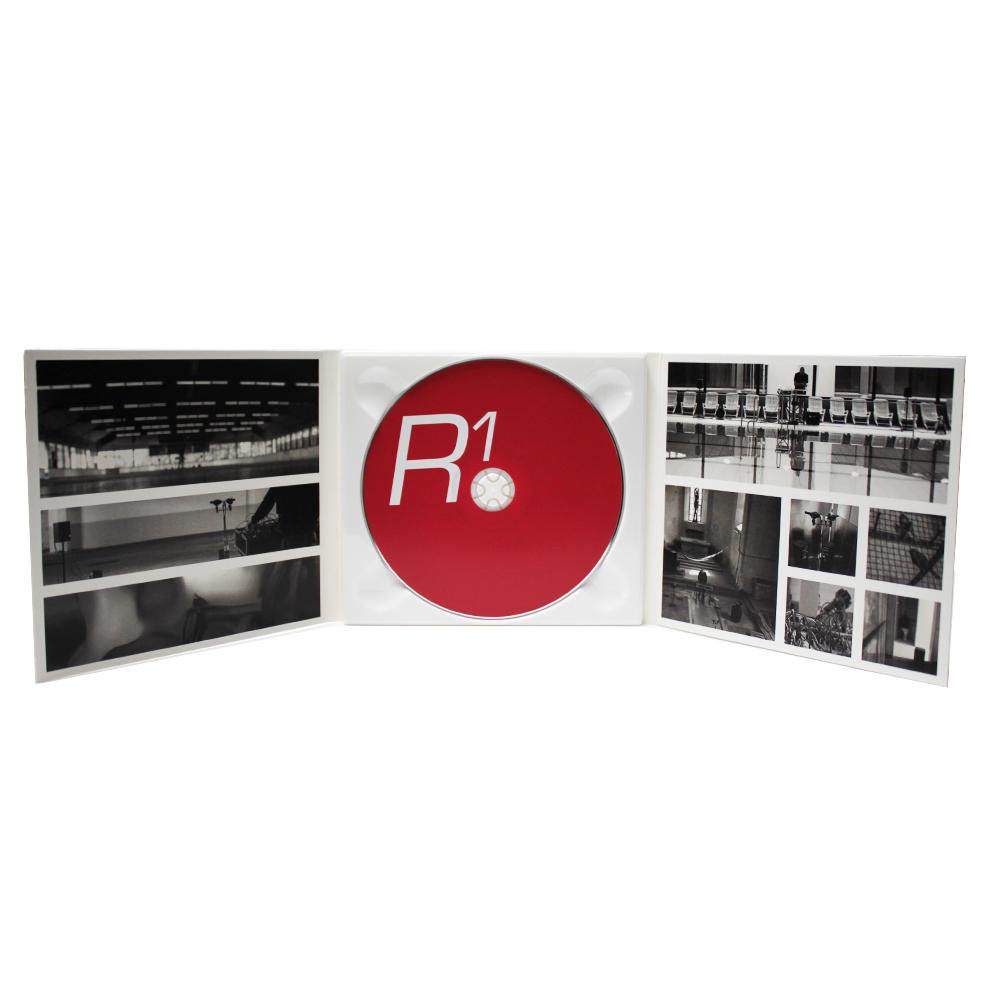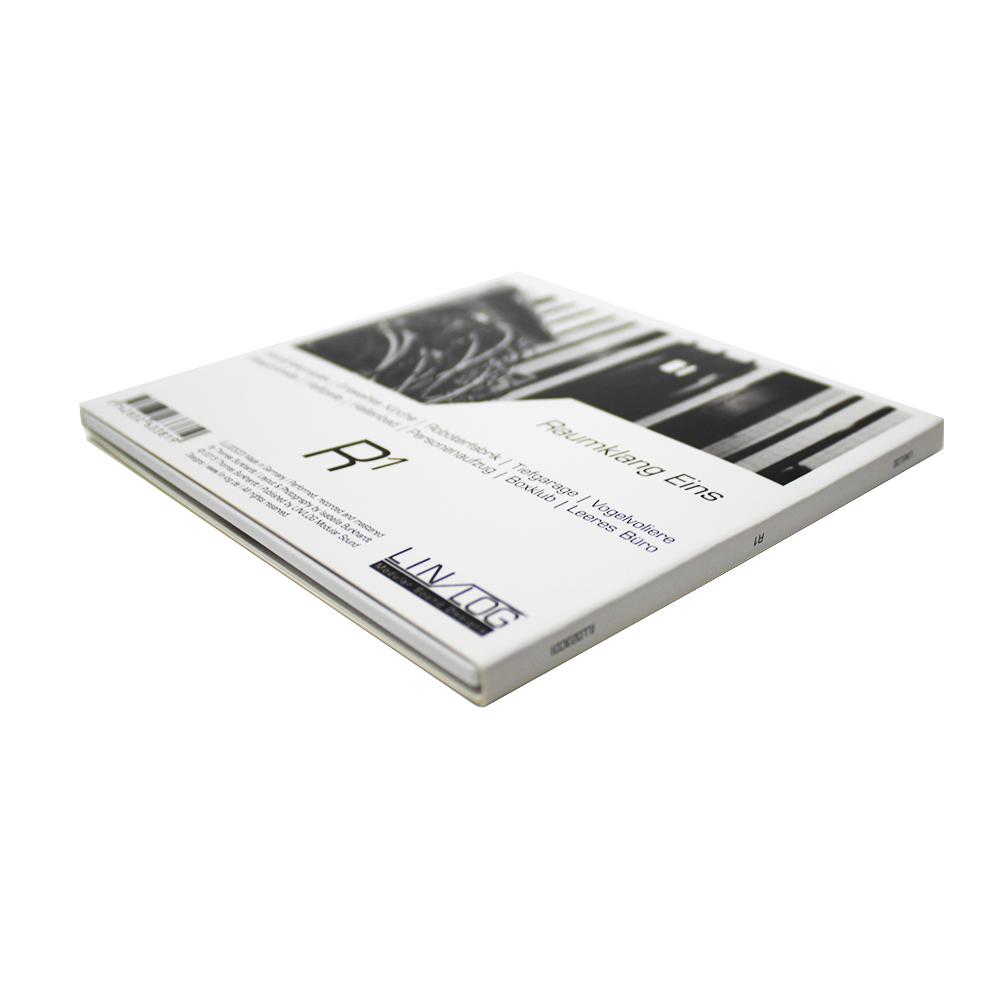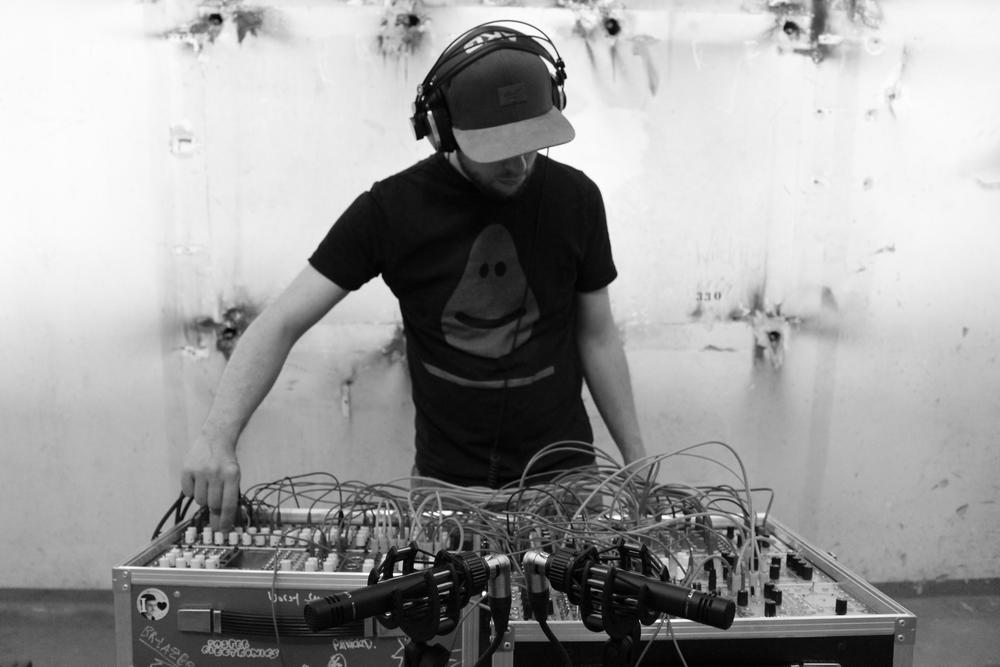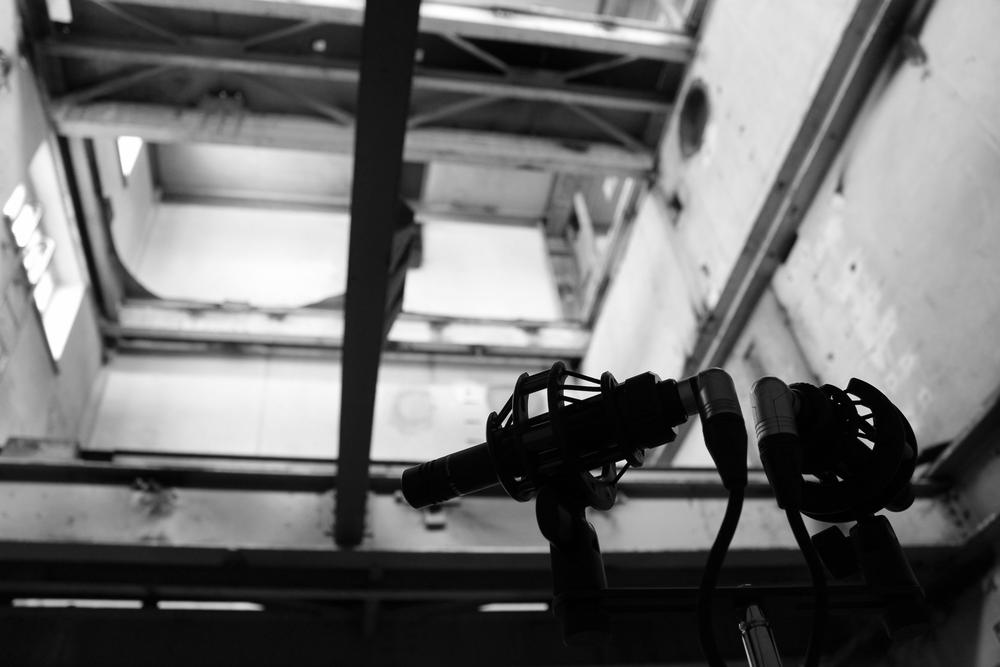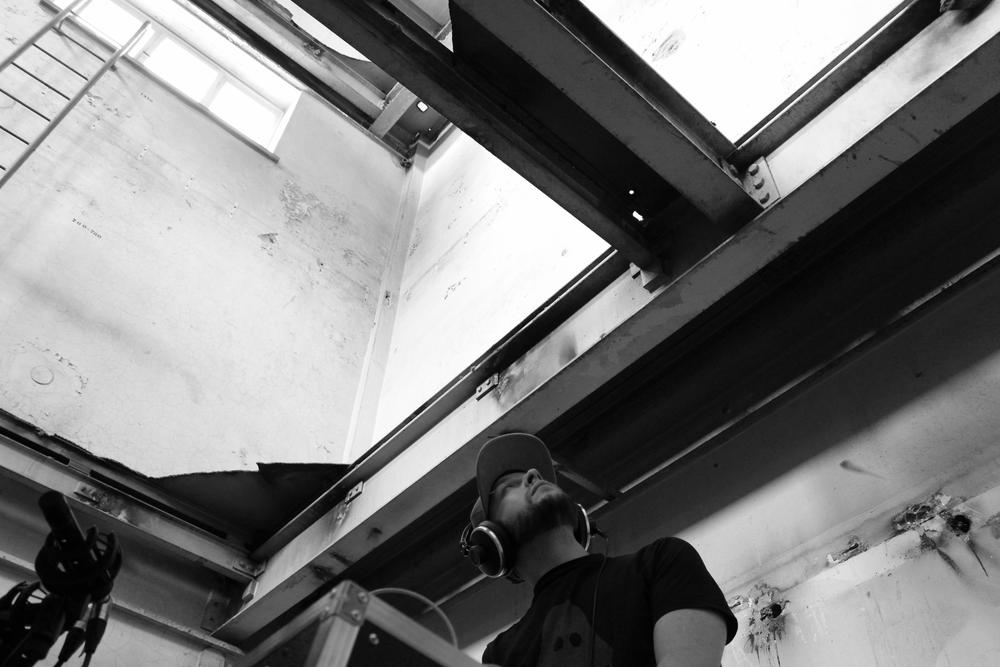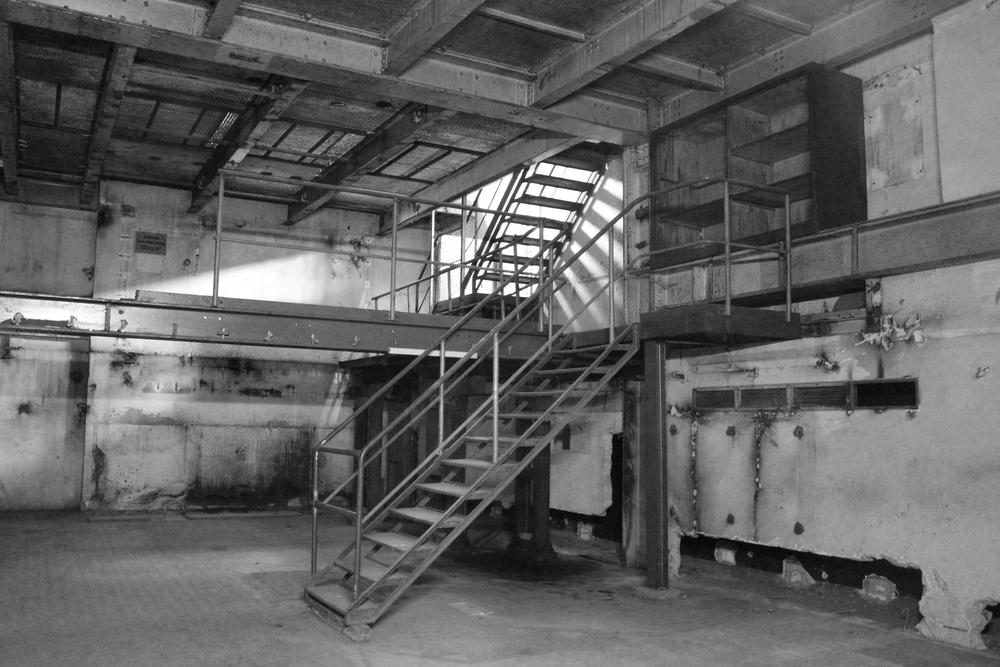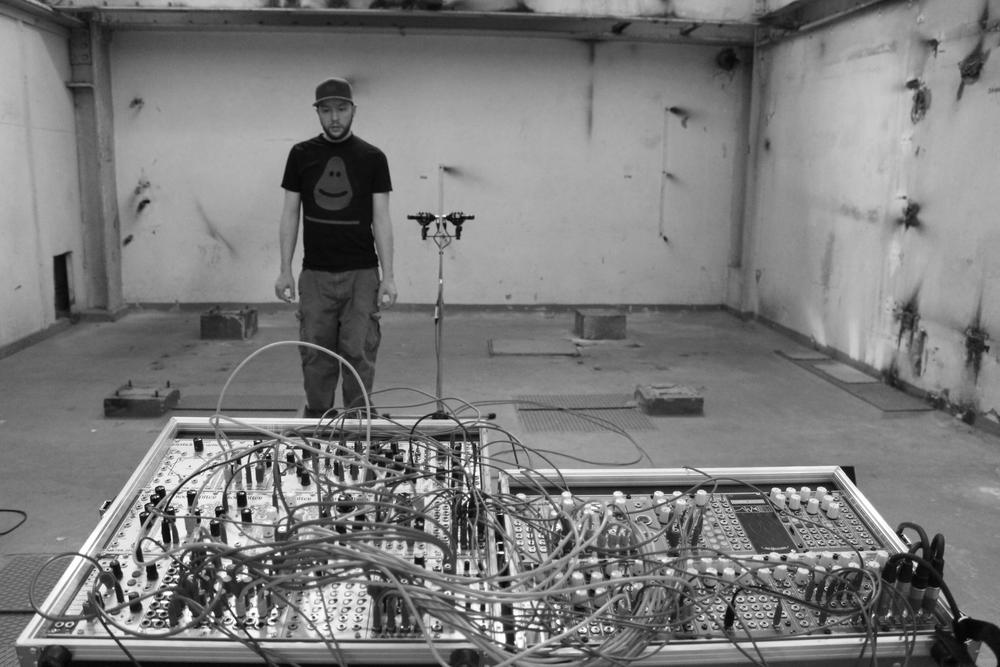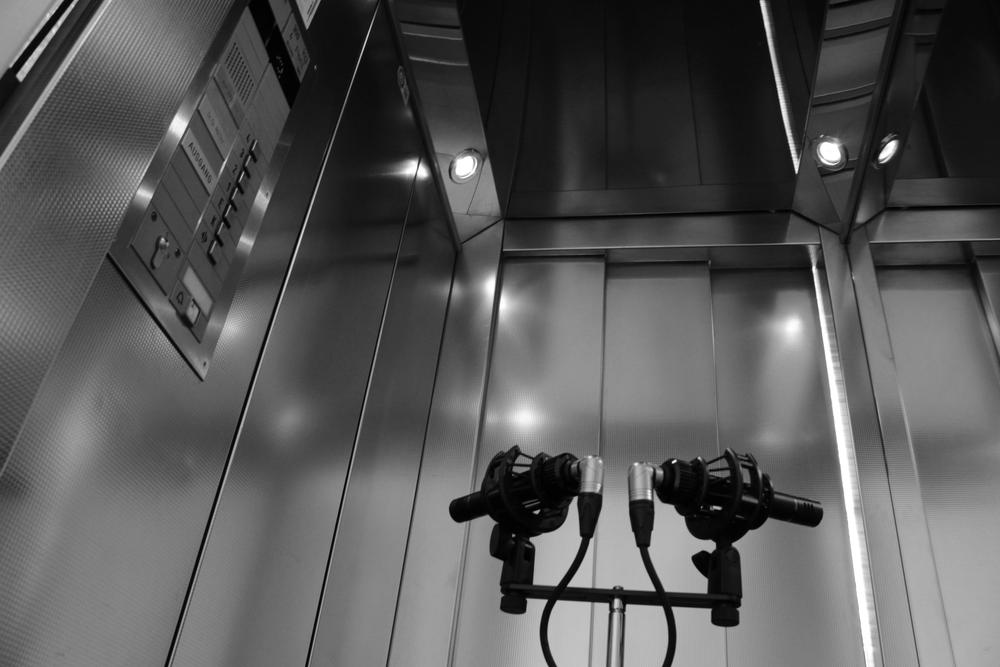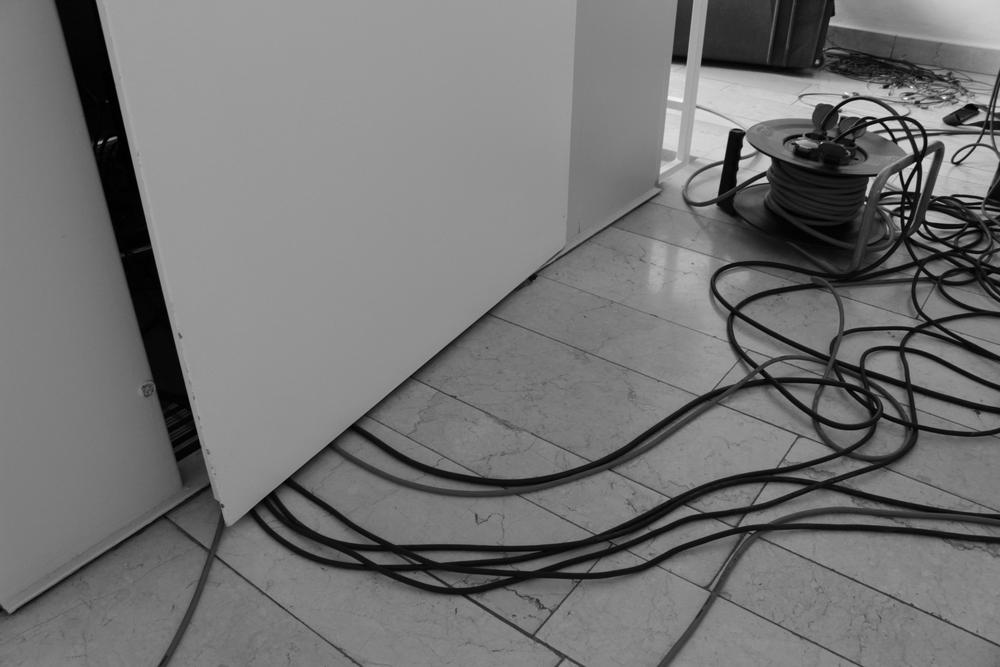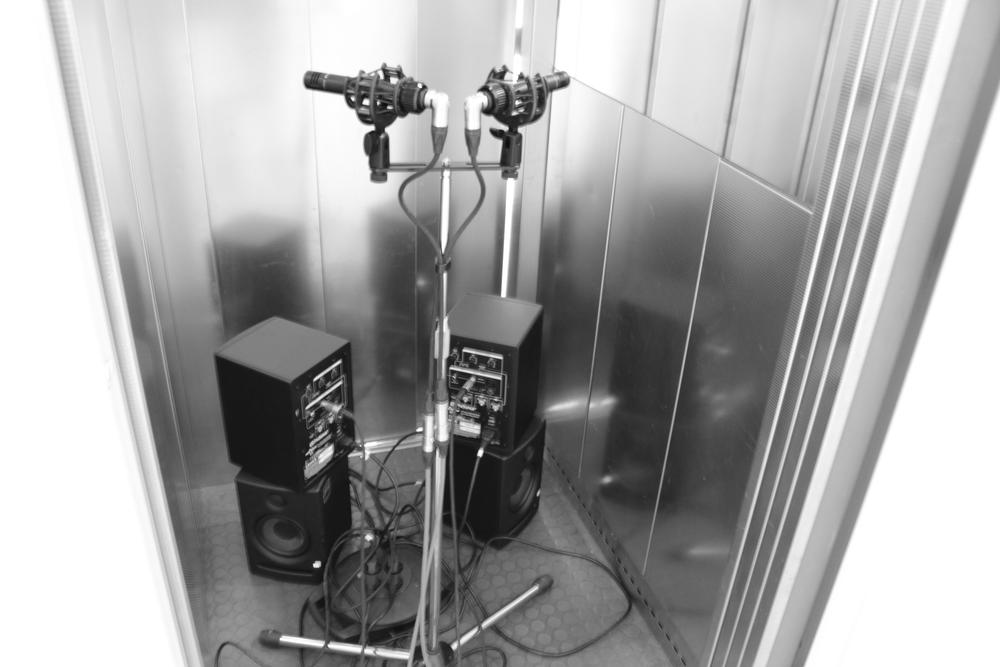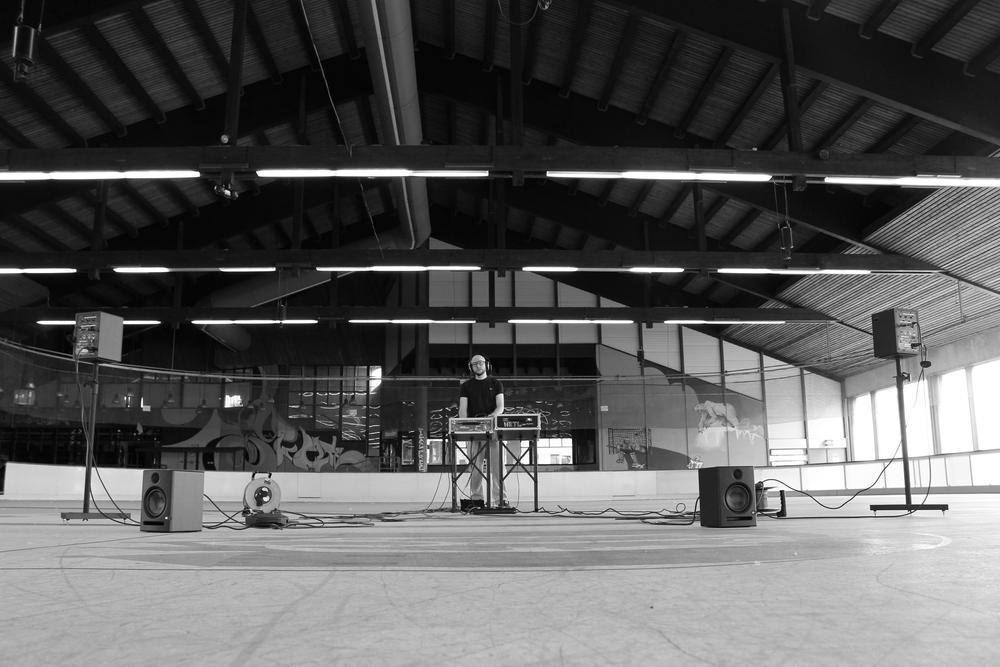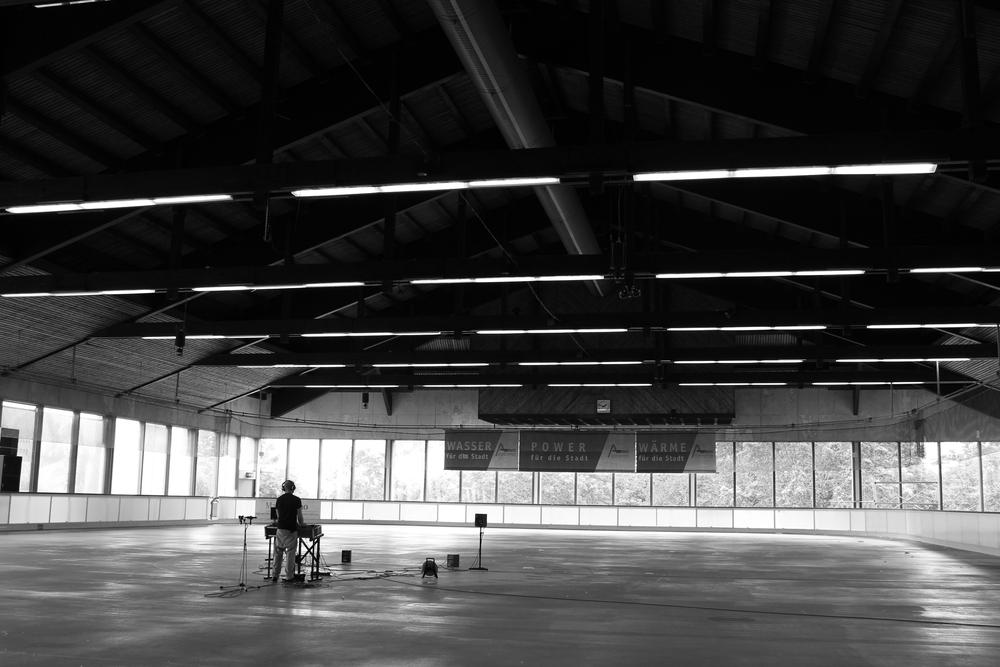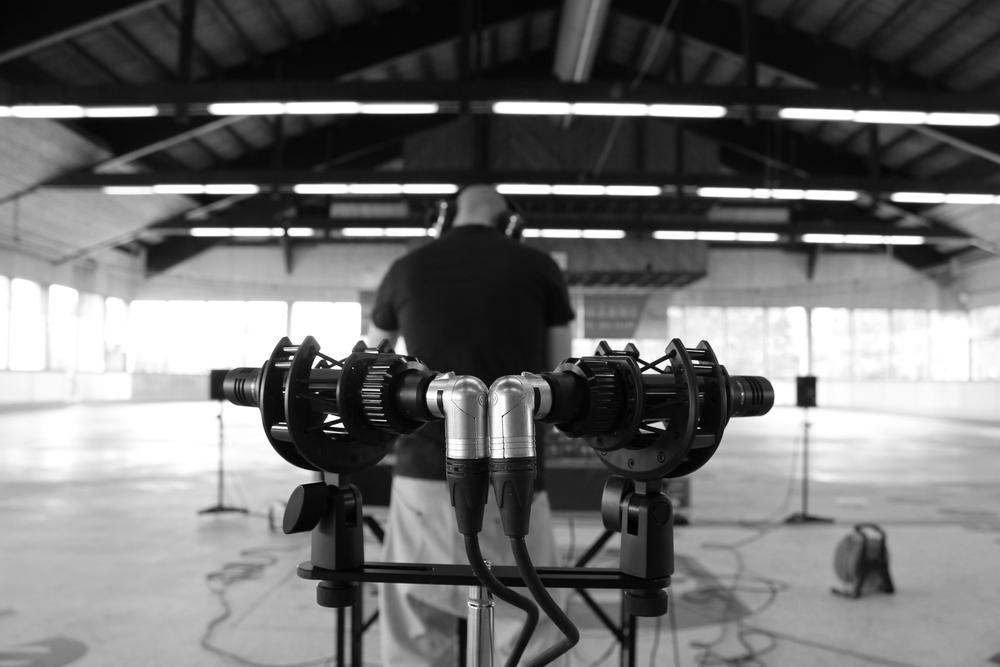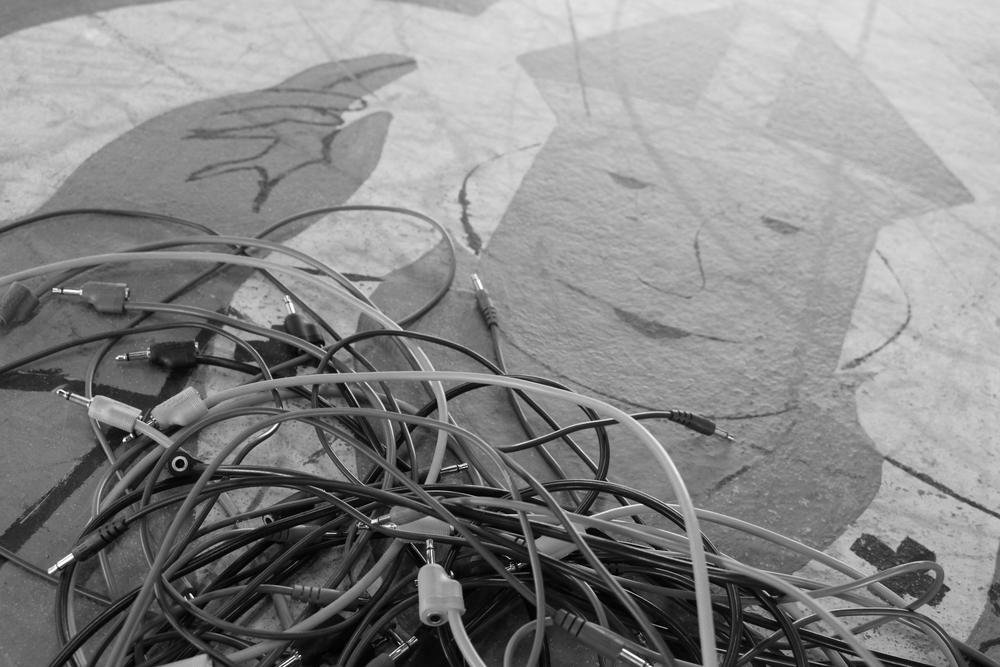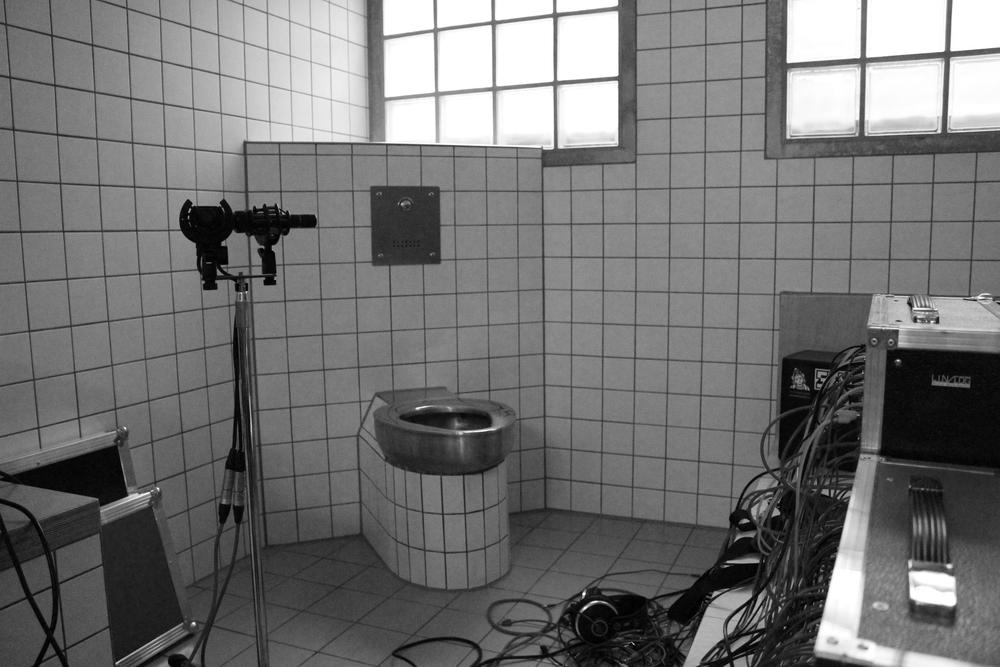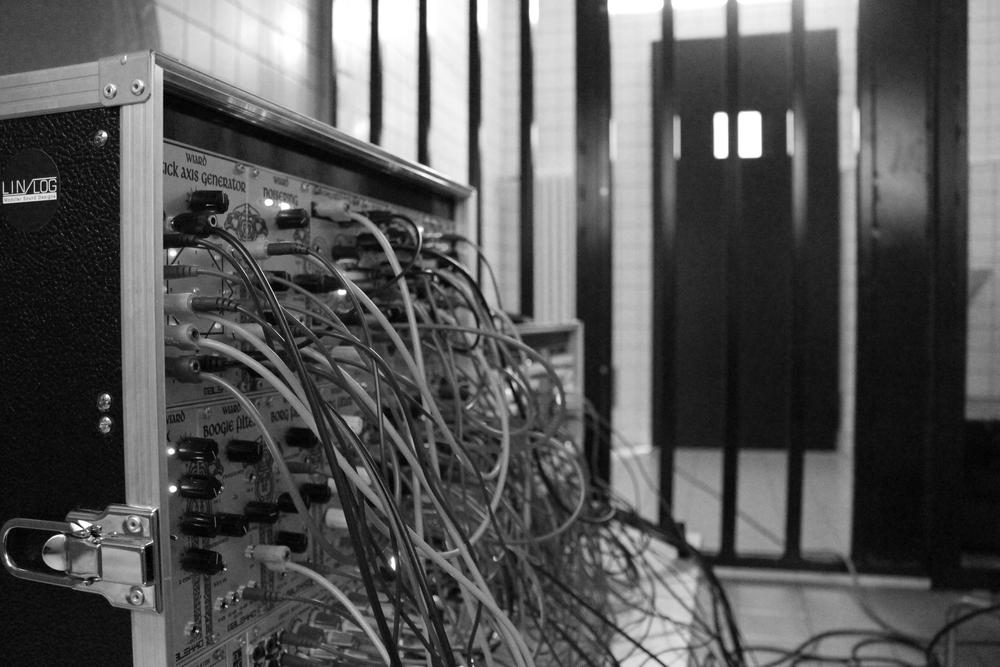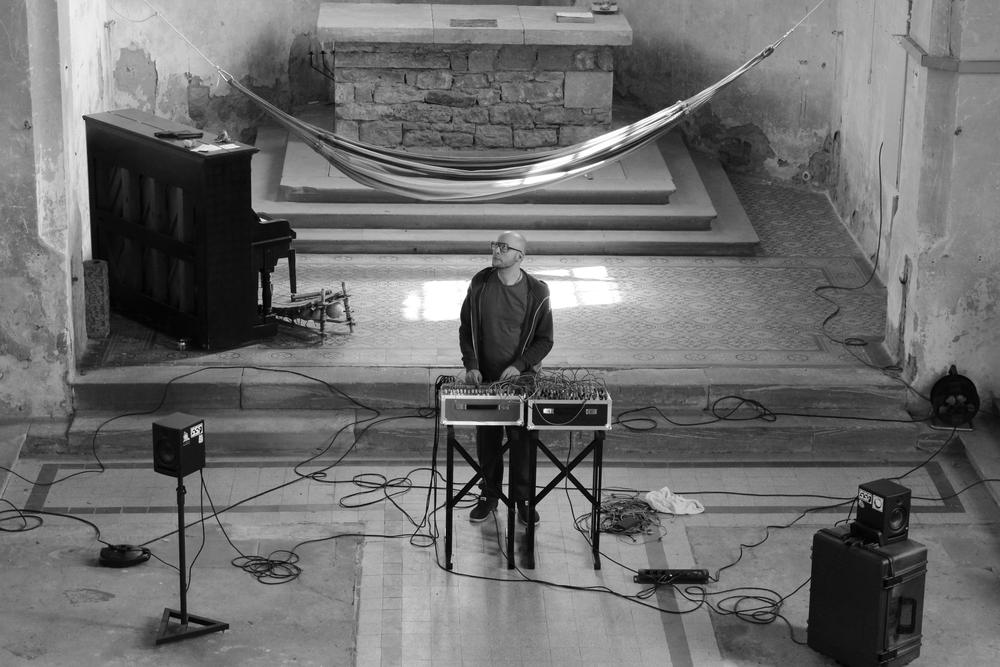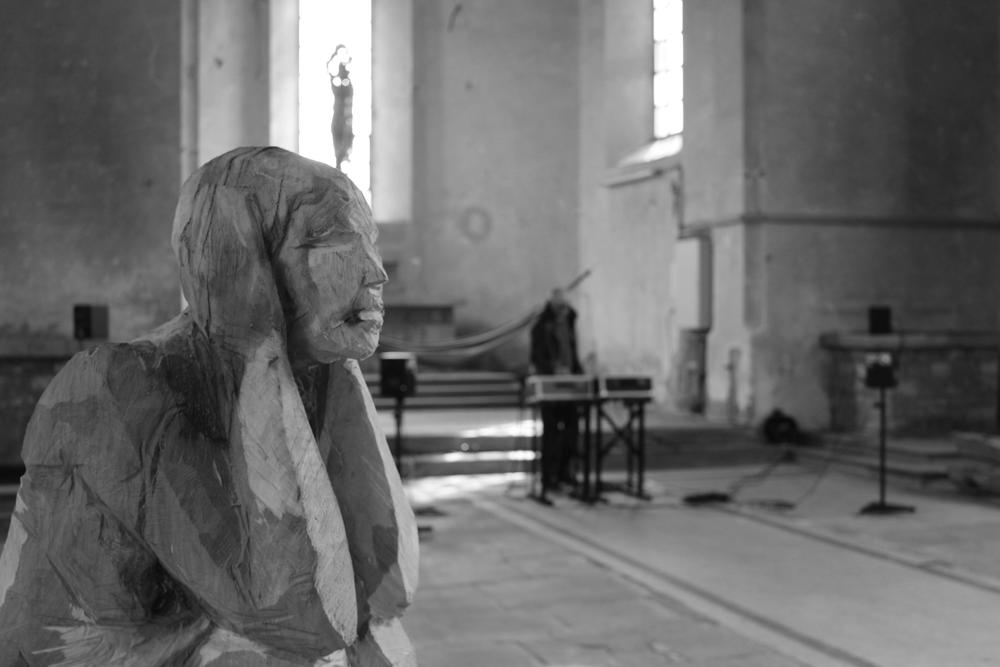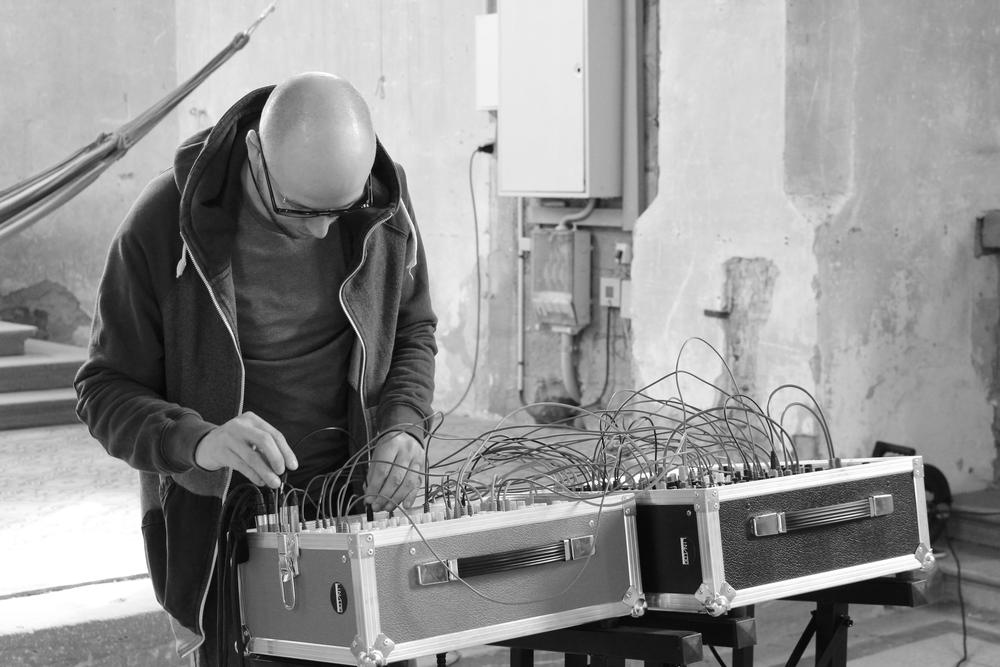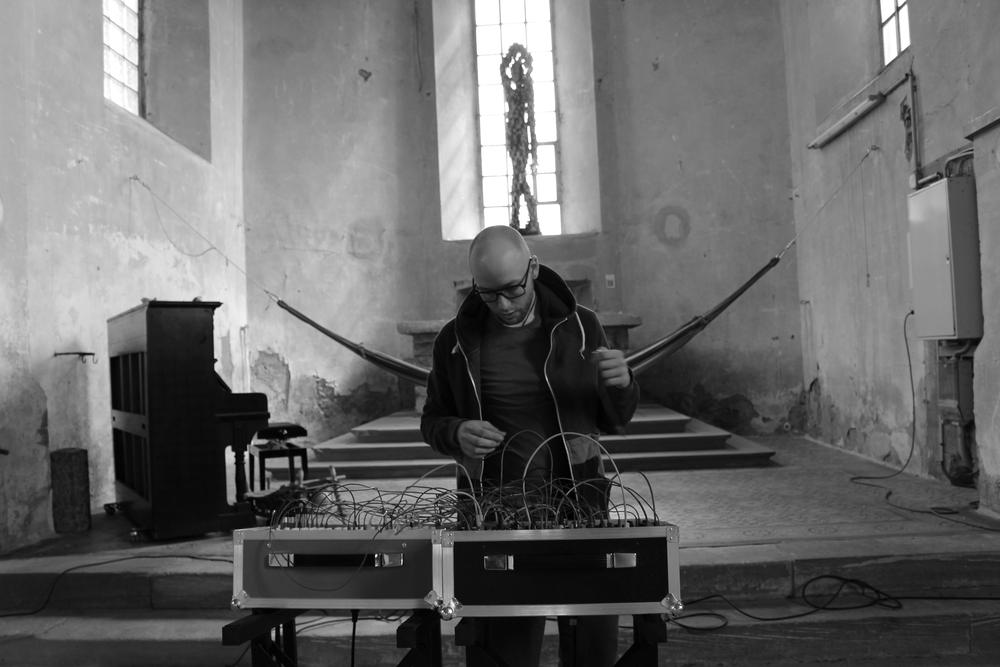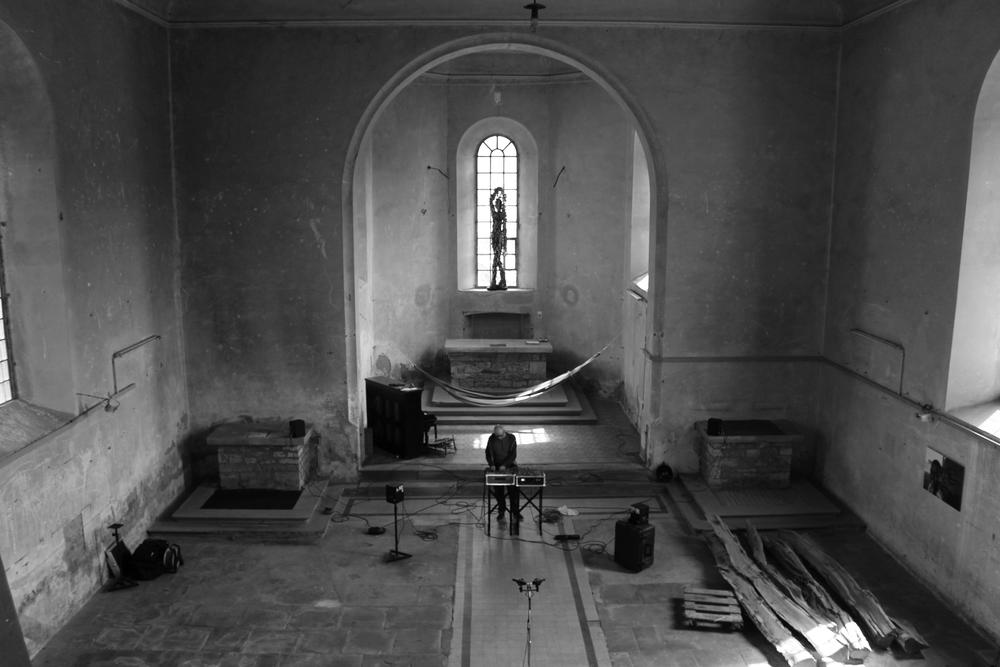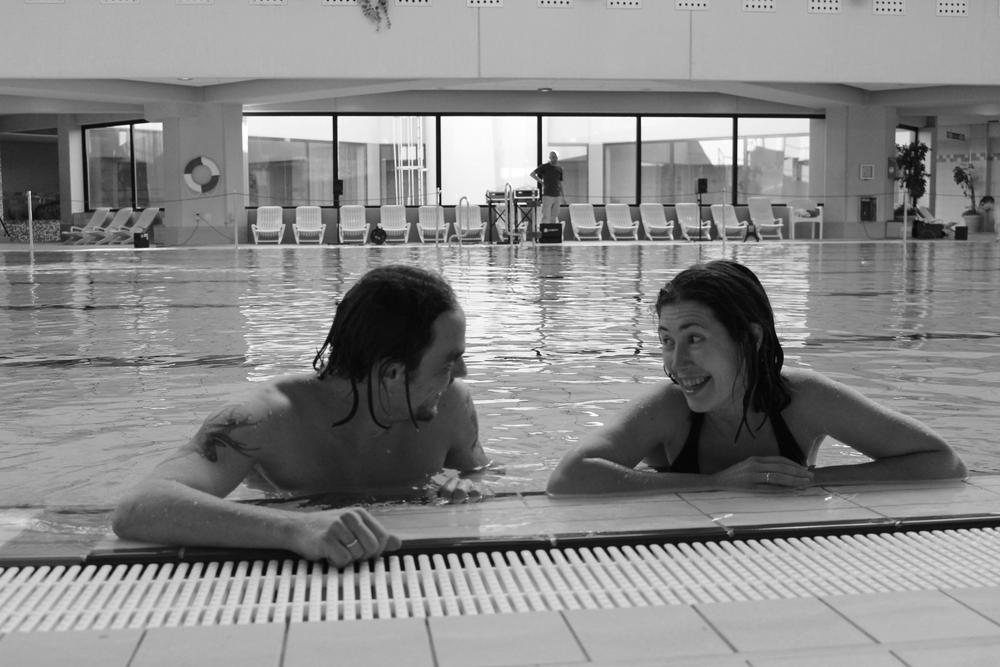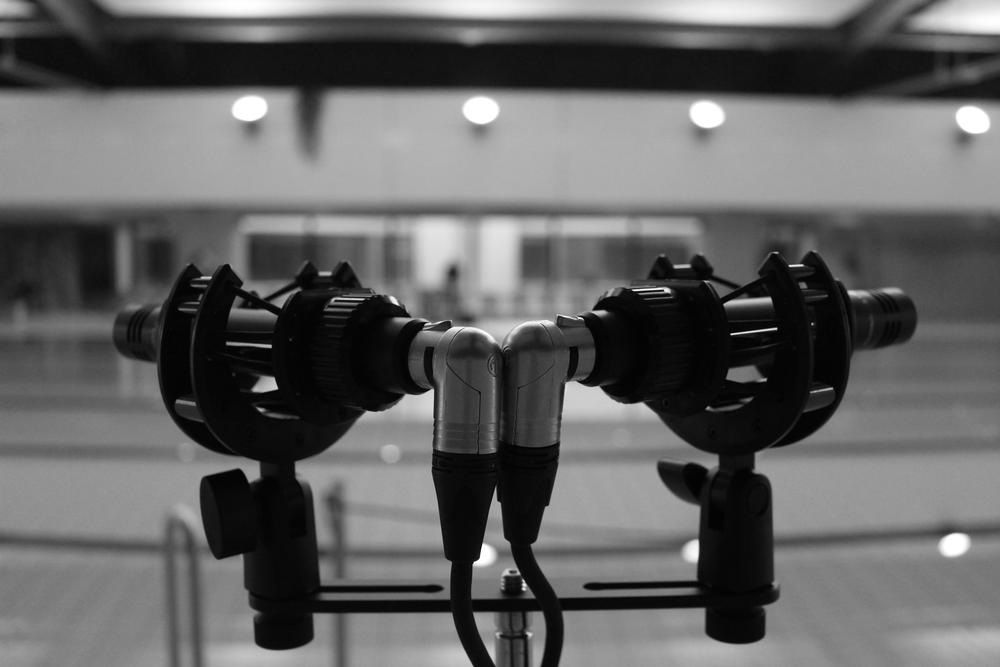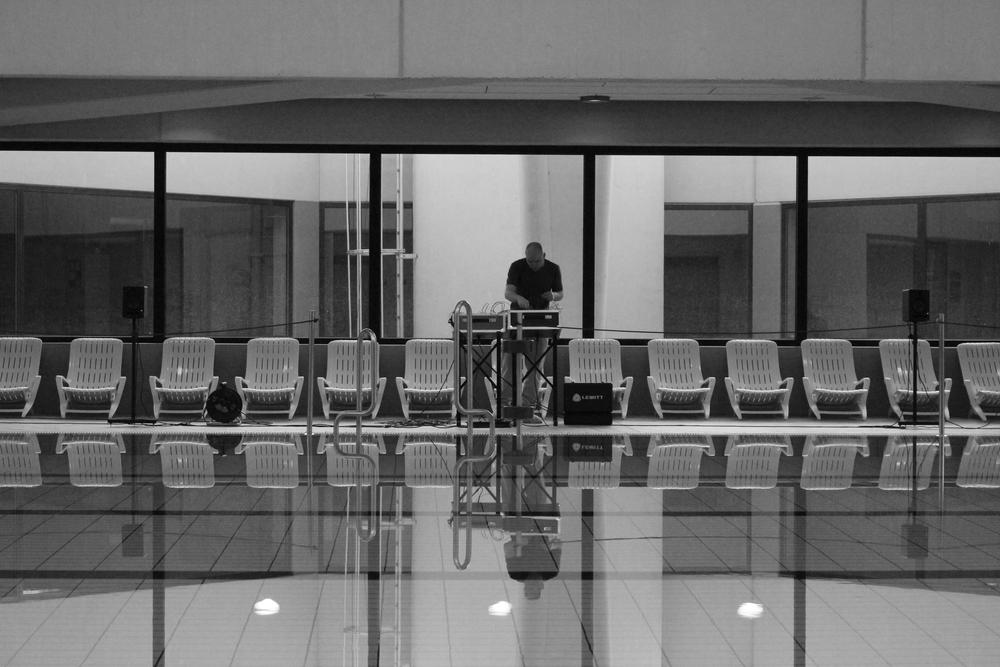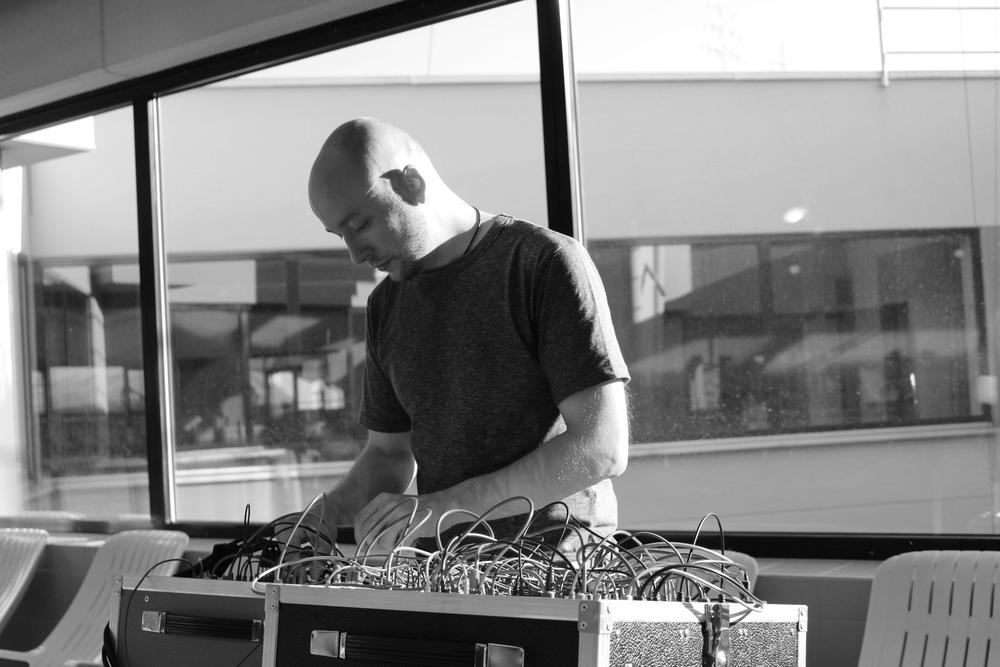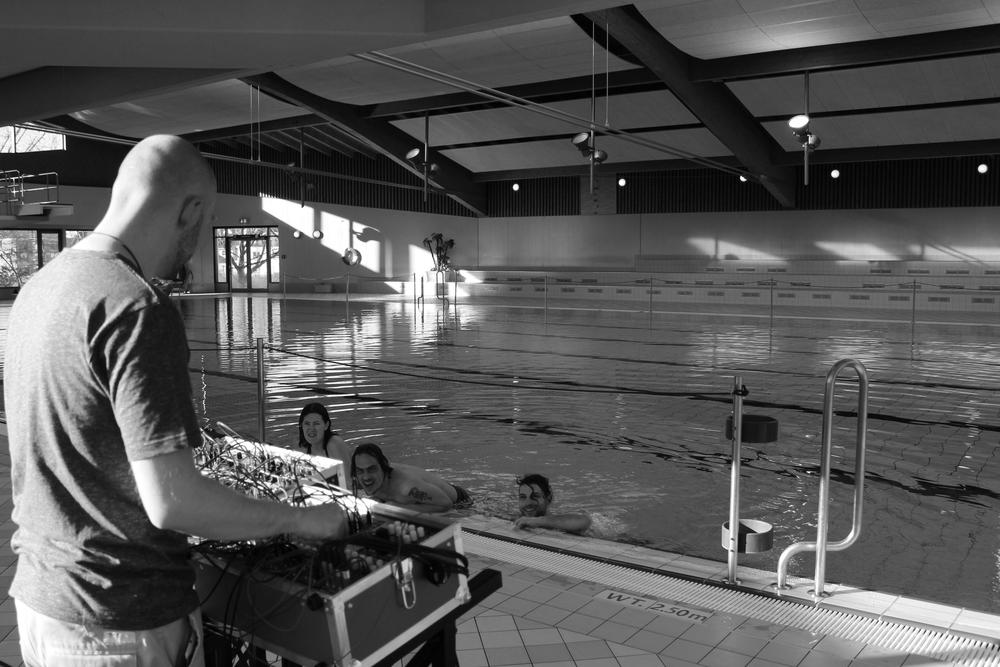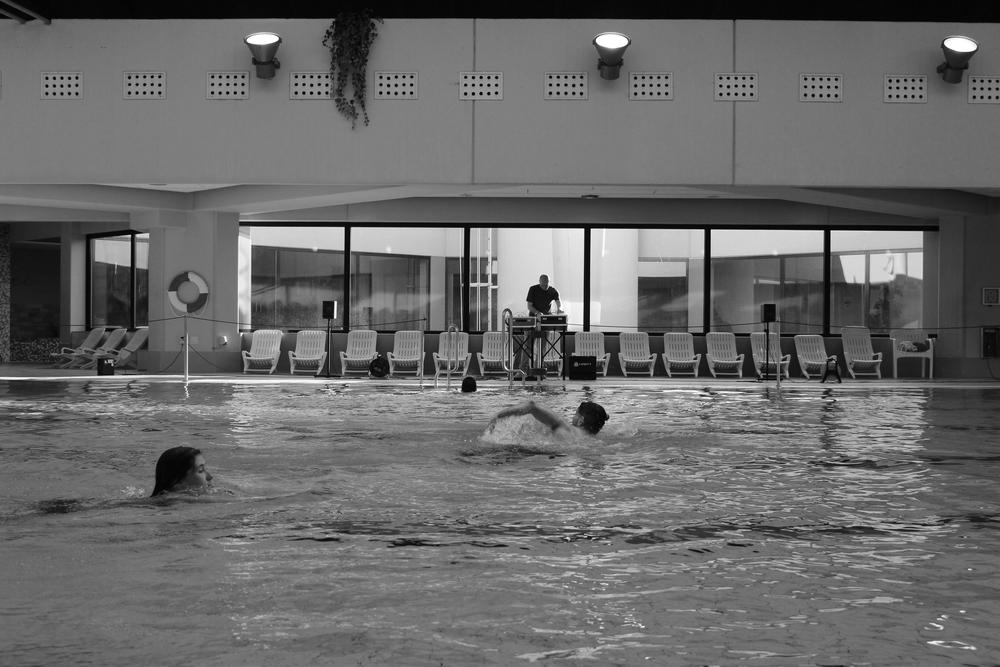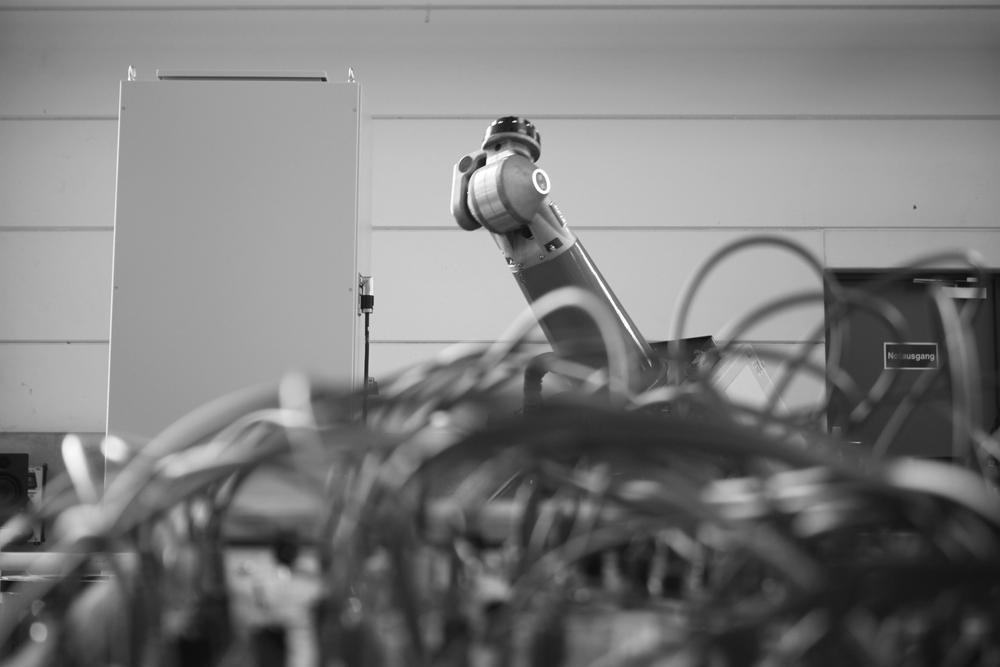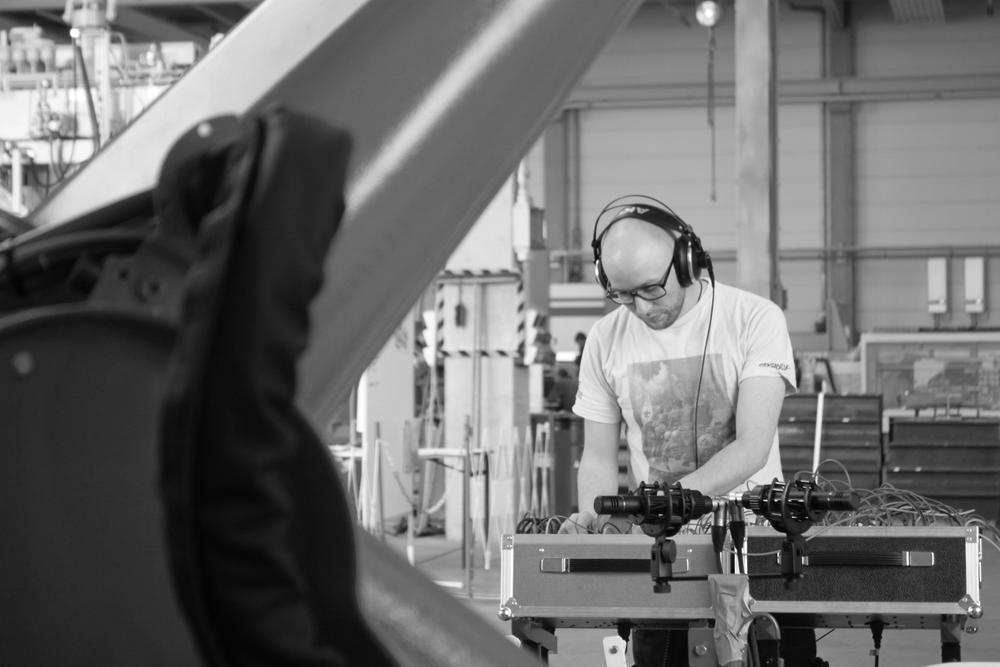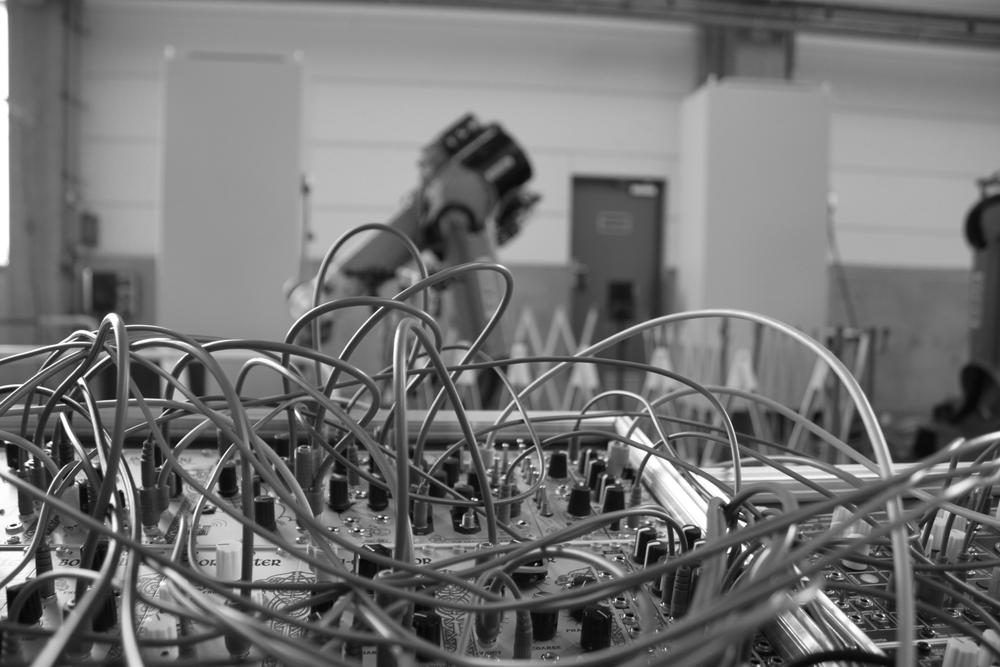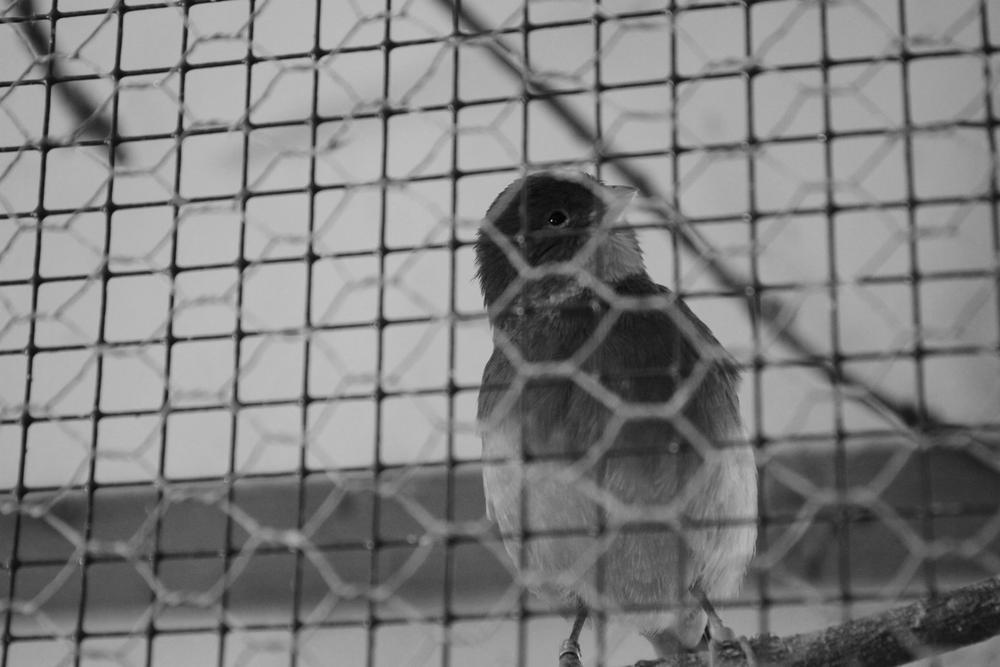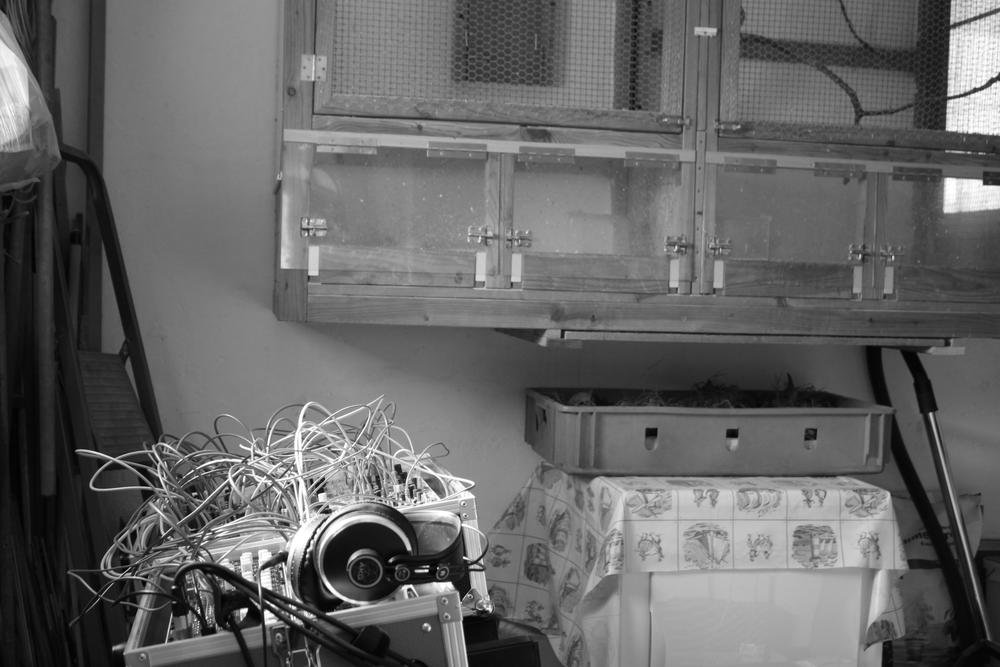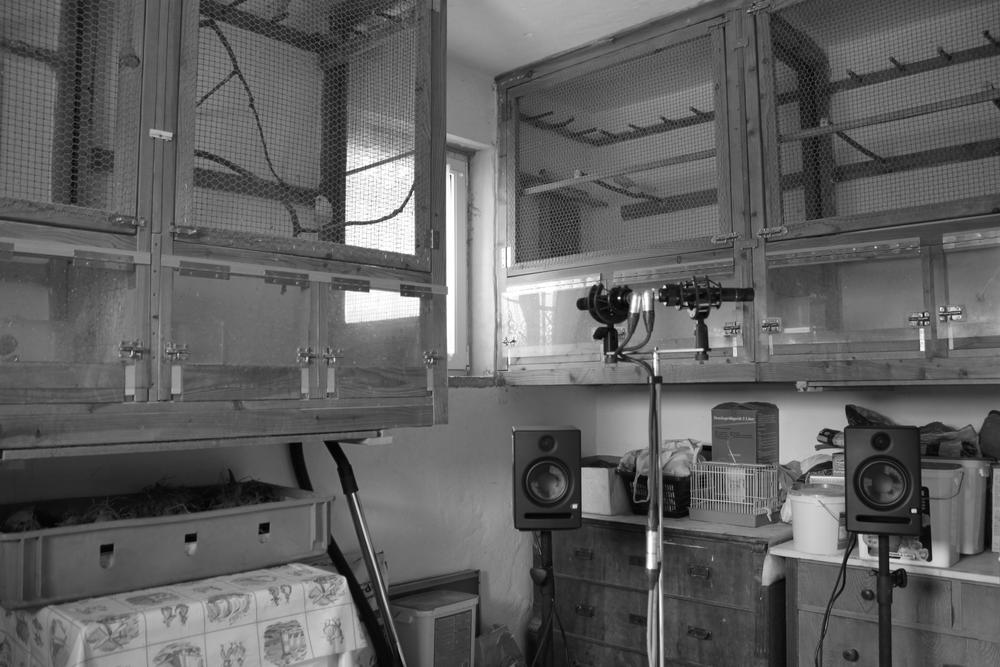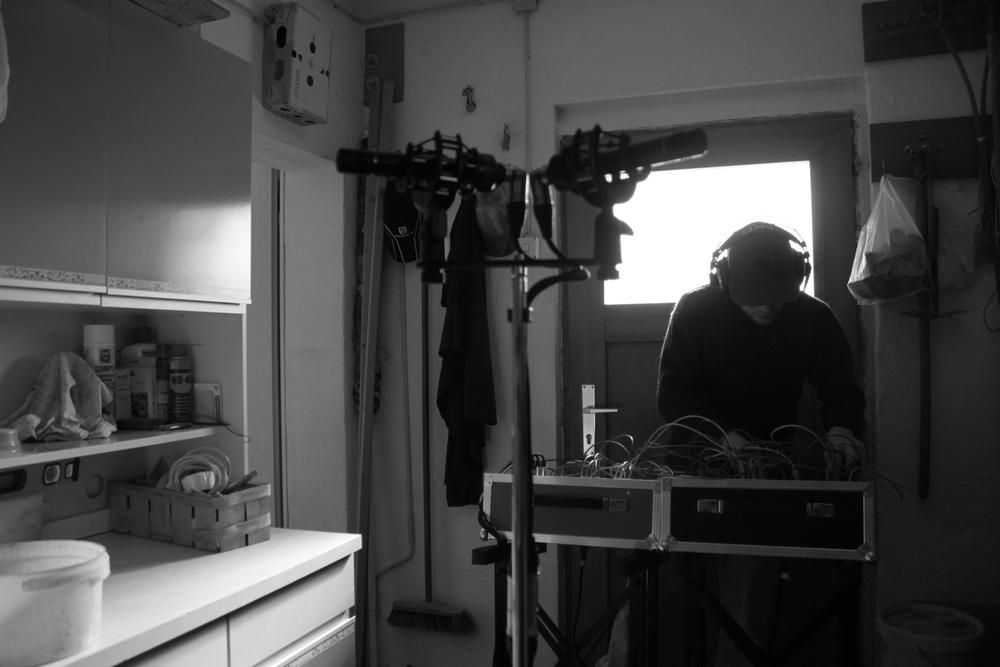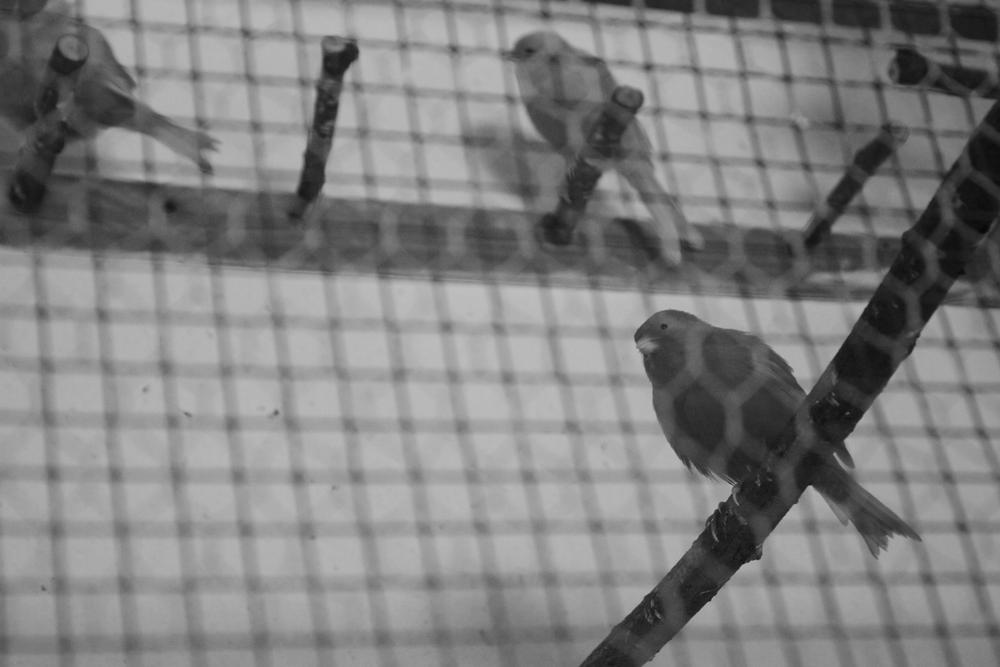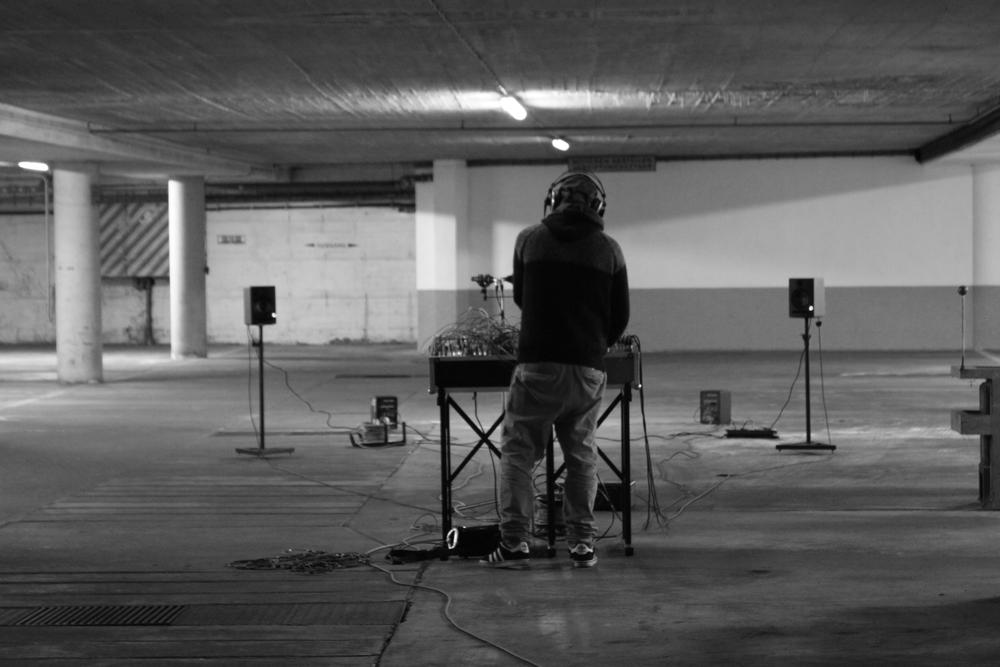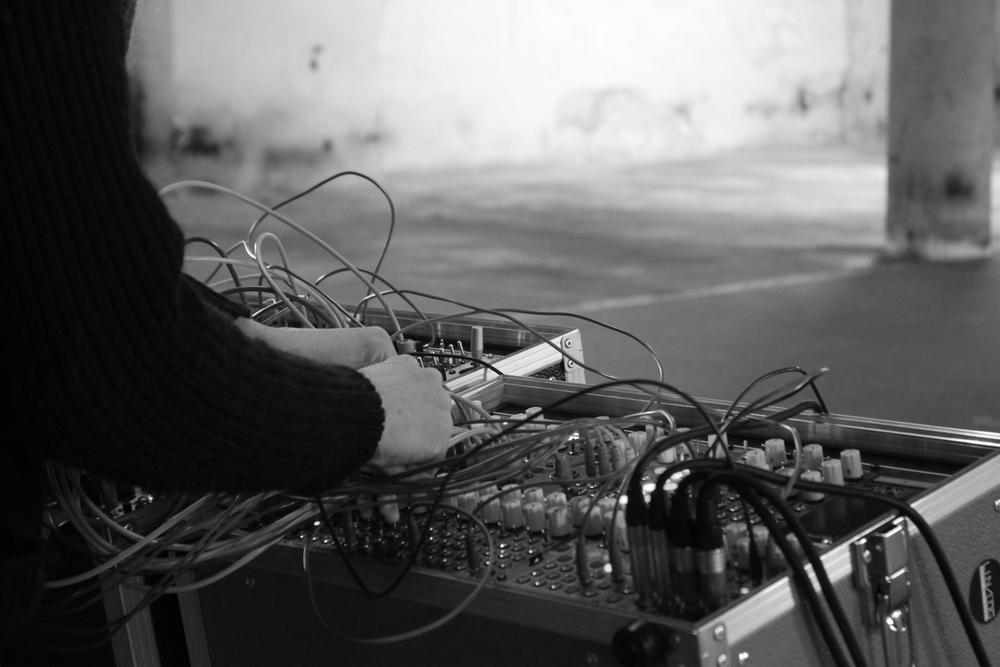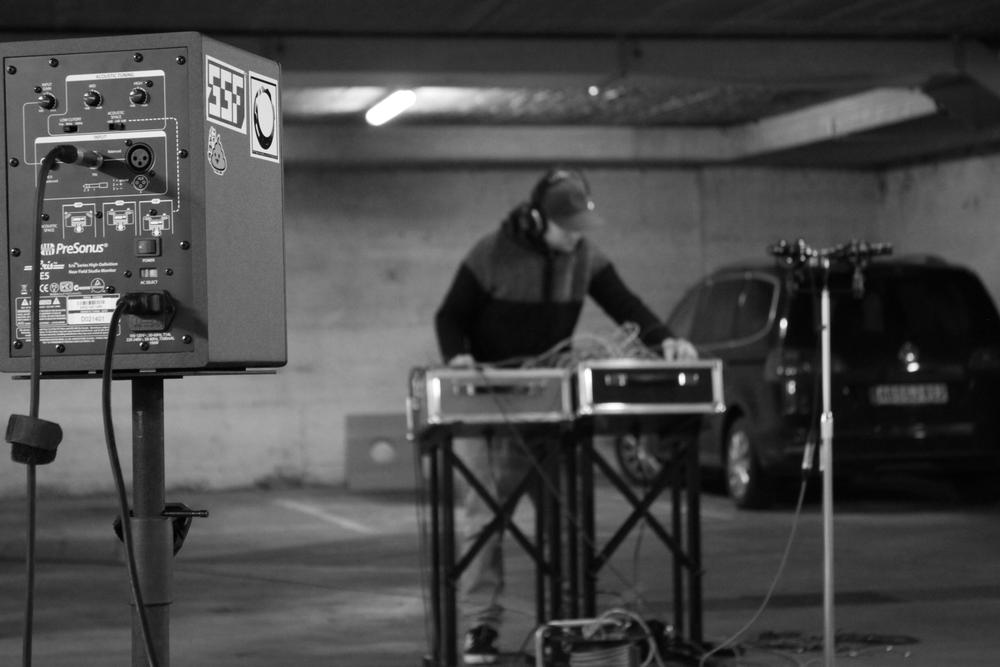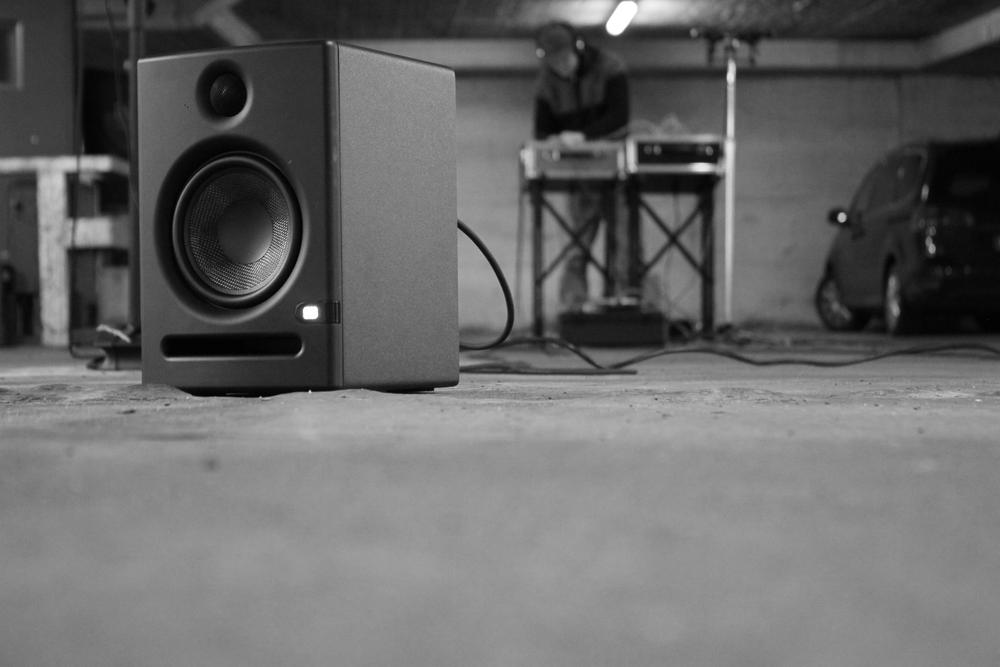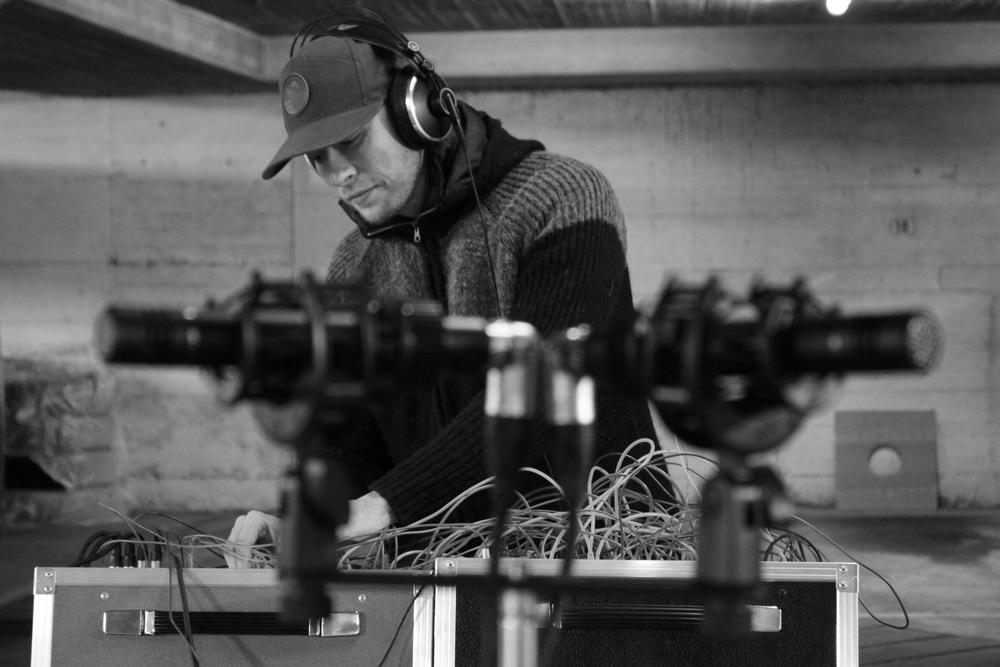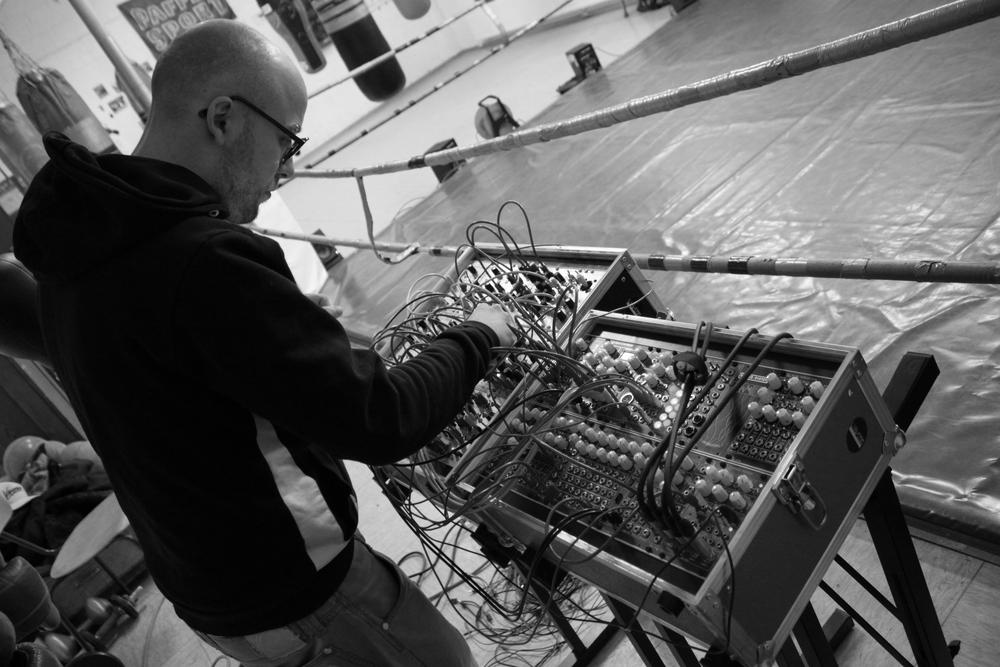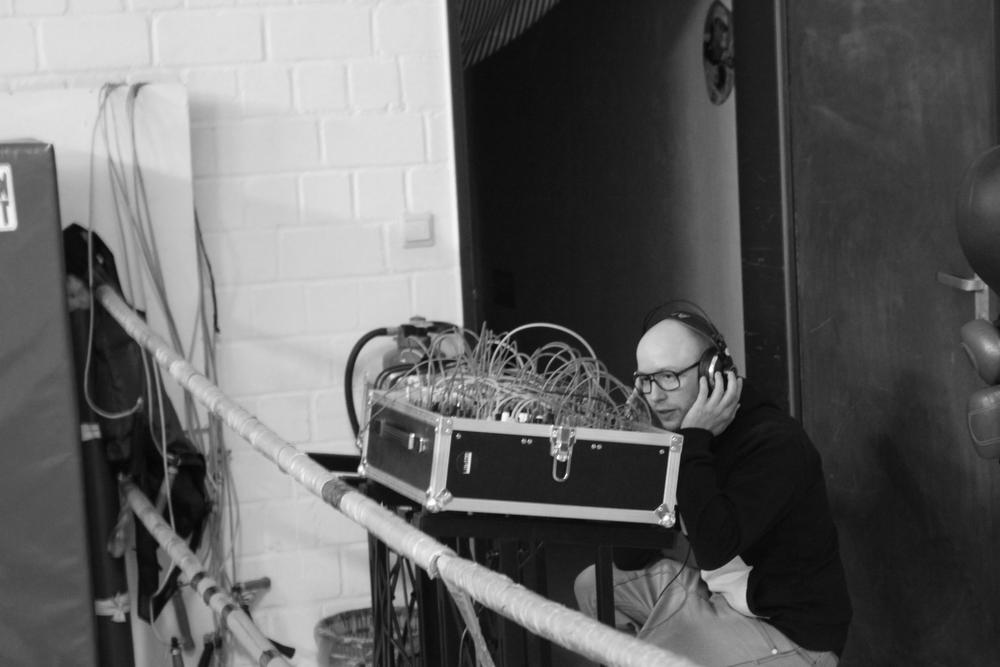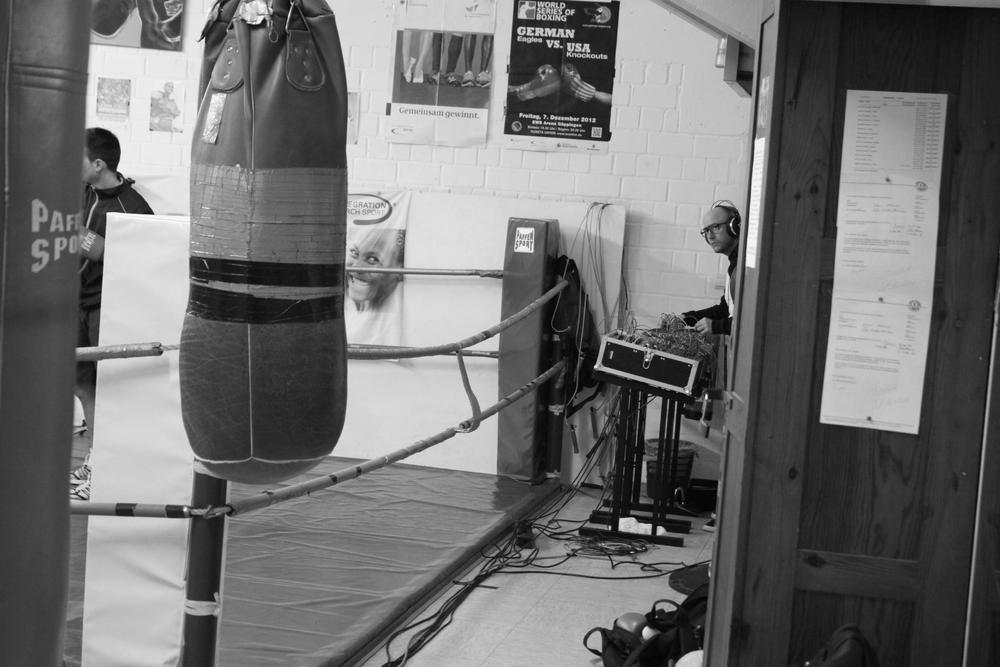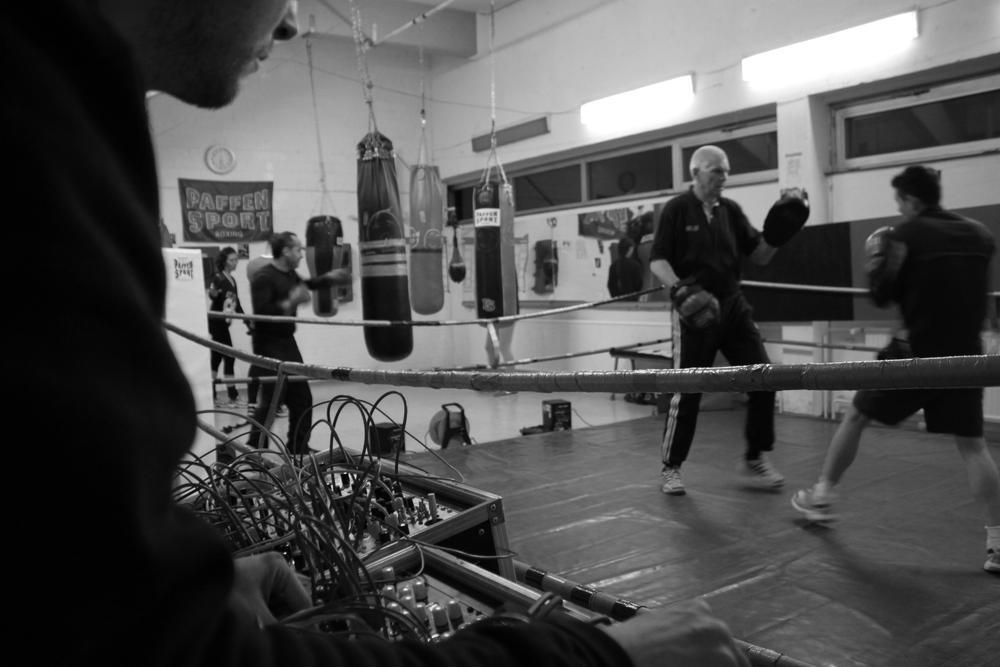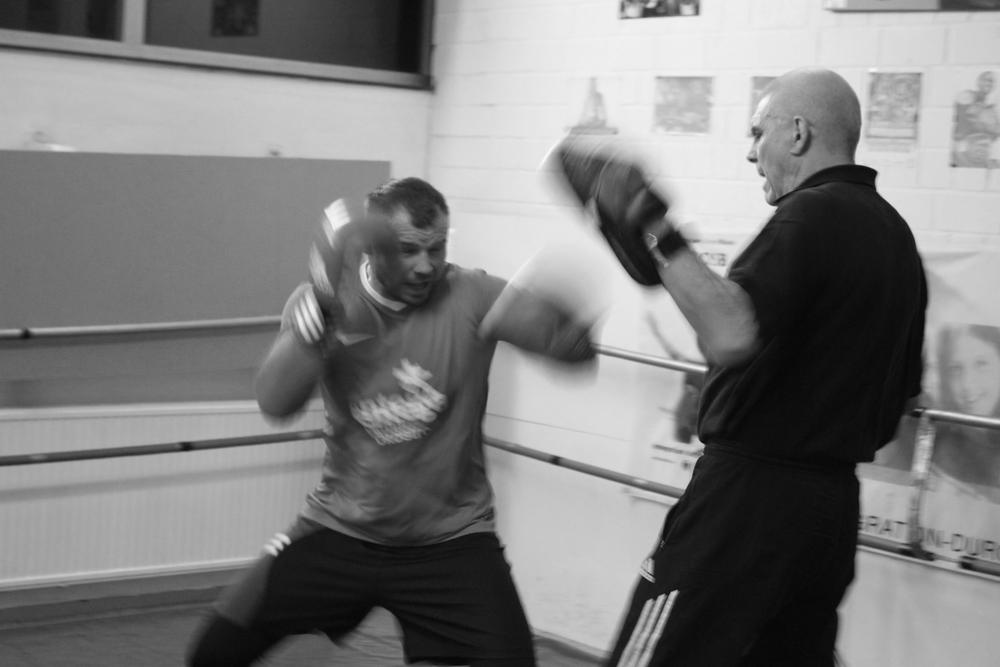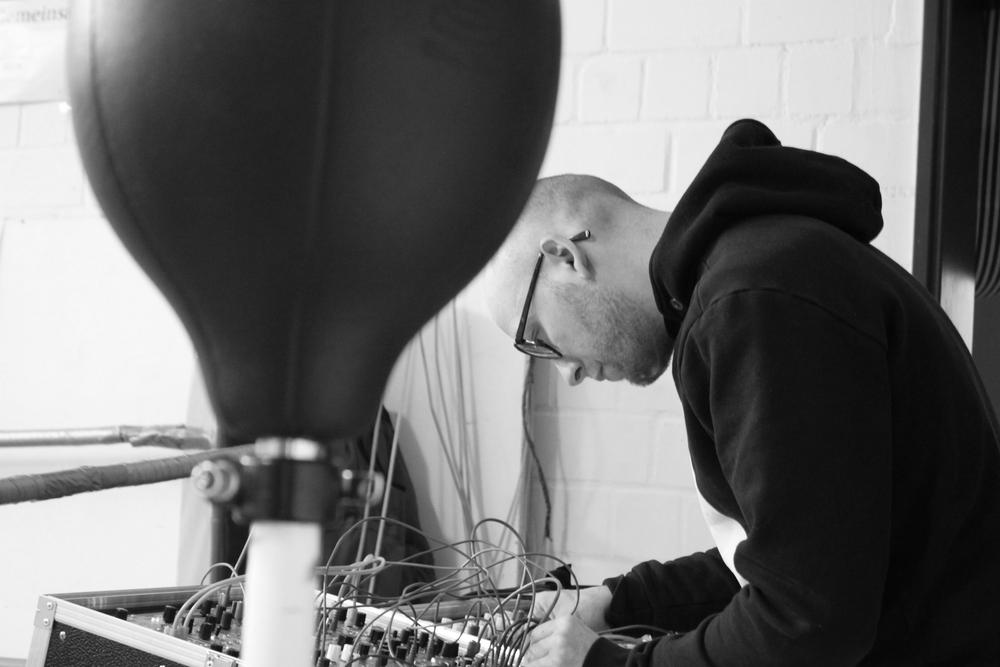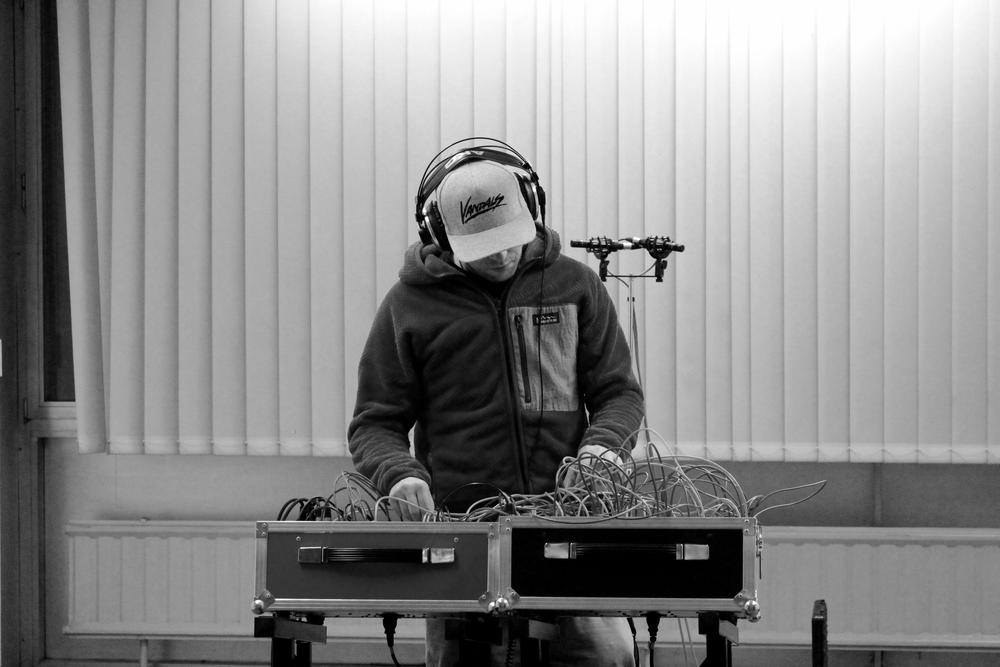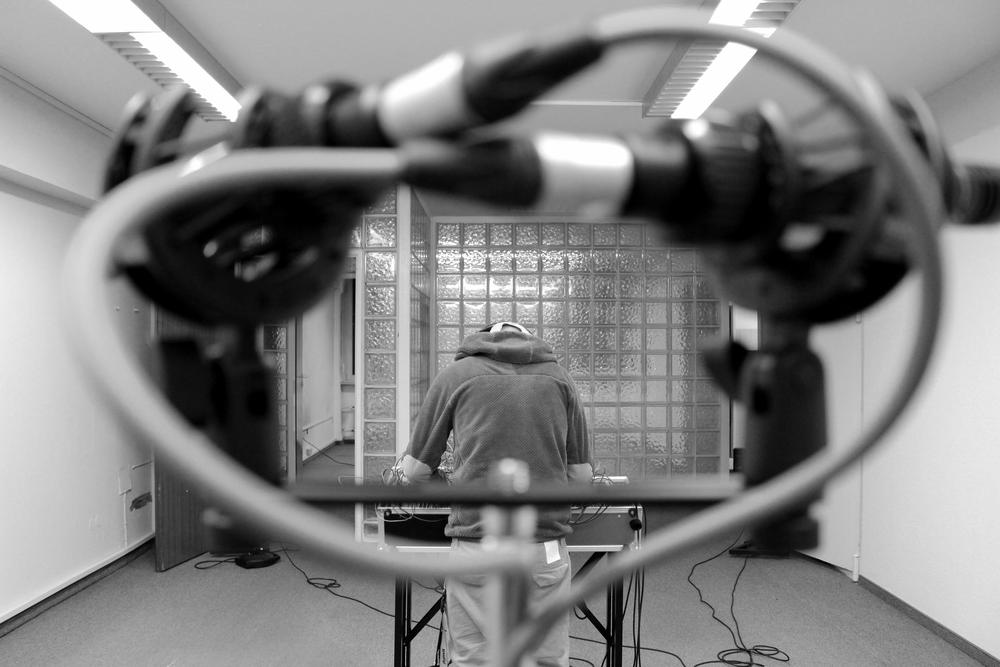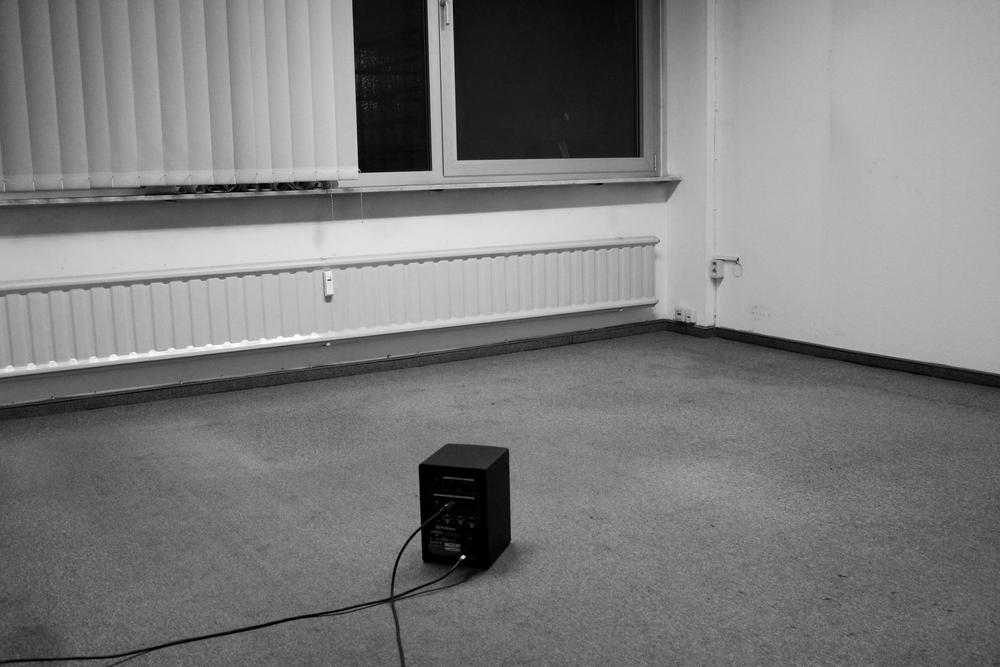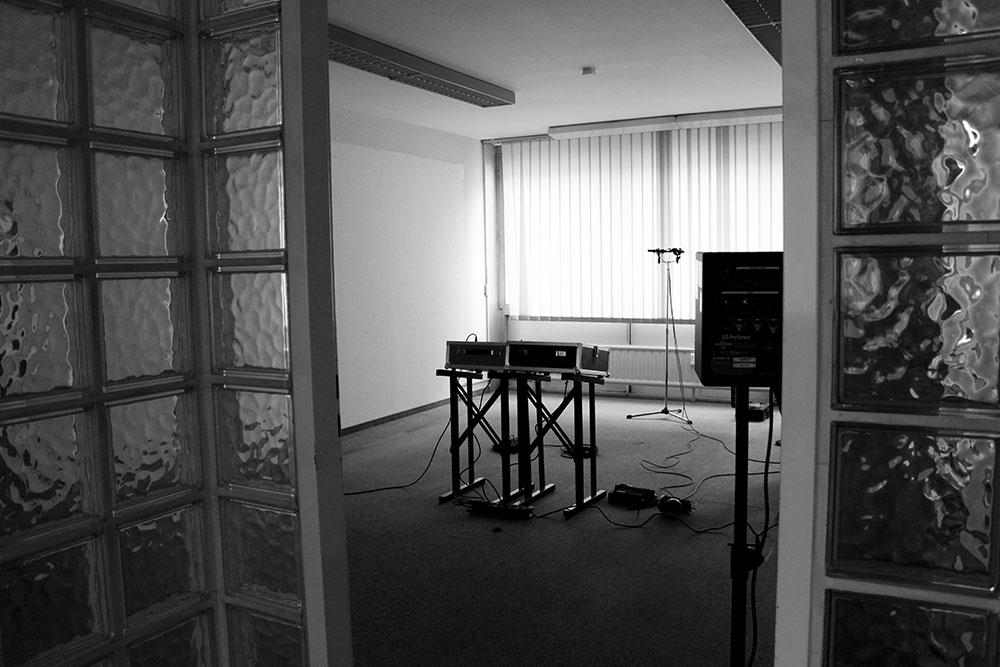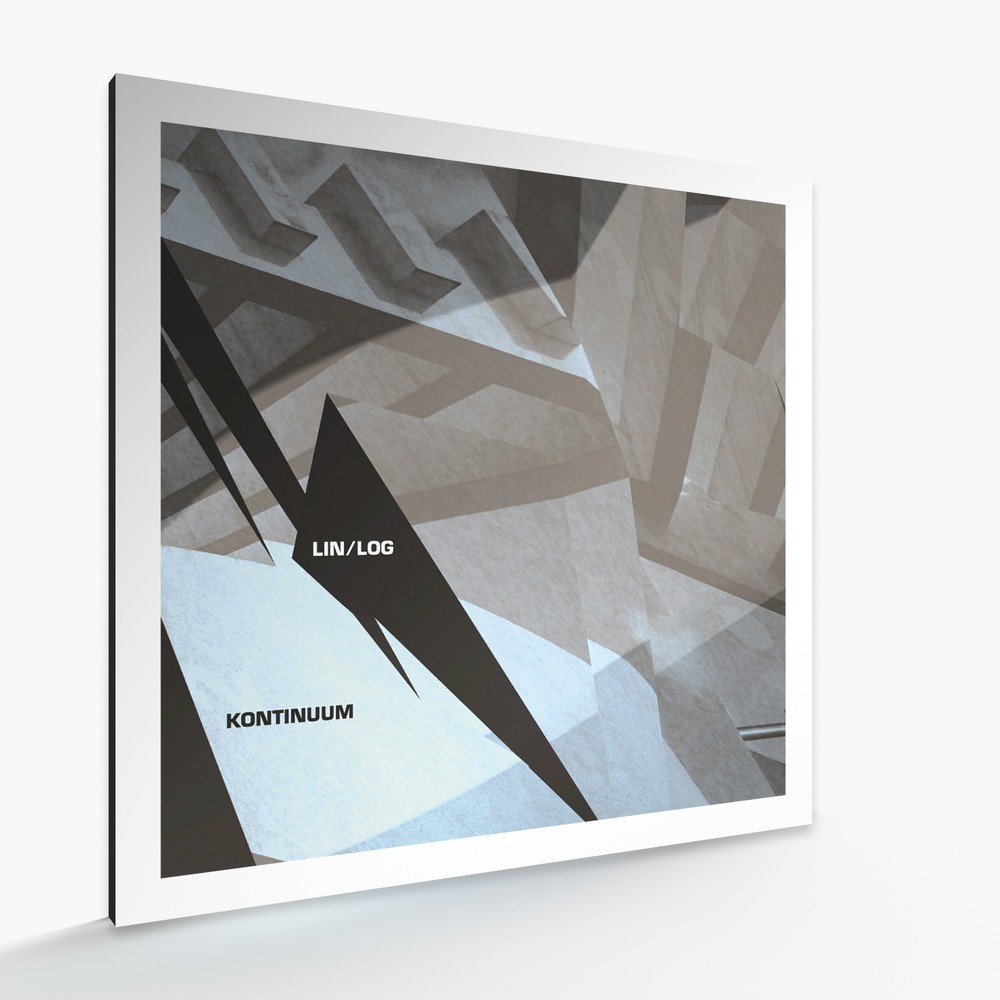
Kontinuum
Release Date: September 2019
BUY or STREAM:
PREVIEW
Kontinuum 1
Kontinuum 2
Kontinuum 3
Kontinuum 4
[LL031] LIN/LOG – Kontinuum
4 Tracks (32:28)
Kontinuum is about creation and decay. It consists of specific moments in randomly selected cutouts of large improvised modular arrangements.
It is a steadily proceeding journey of sound and word. It is a collection of modern techniques of sound experimentation combined with poems in German language.
All poems are written by myself and are recited by Bernhard Hench.
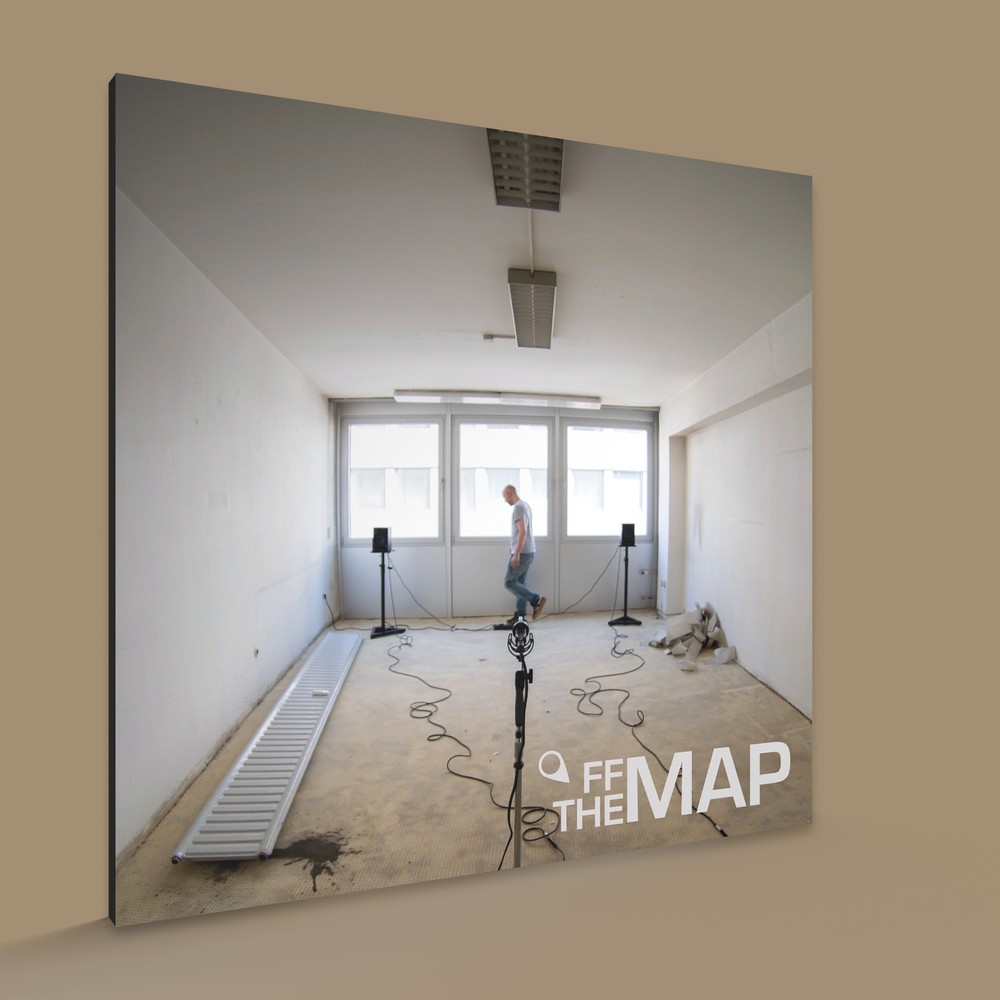
Off the Map
Release Date: August 2018
BUY or STREAM:
PREVIEW
Gravel
Haze
Steep
Hidden Plateau
Early Bird
Ember
Mountain Trails
Avalanche
Woodpeckers
Reptile
Crevasse
[LL030] LIN/LOG – Off the Map
11 Tracks (25:04)
Off the Map is an exciting album that deals with live performed modular compositions and on-location recordings. The result is an incomparable sound that is deep, organic and highly creative. Put on your hiking boots and enjoy a trip into the unknown.
The Making-Of “Off the Map”
The Concept
At first there was the idea to simply distribute a sound through different rooms and then mix the recorded tracks to achieve a wide and interesting stereo image. But after thinking about it, I thought it would be even better to create the whole music that way.
The Execution
I found an empty office where luckily the floor was pulled out during renovation. Because of that the rooms offered some very nice reverbs. I chose the center room as the control room and arranged my modular setup, my field recorder, a small desk and a chair in the middle of it. Then I placed a stereo-pair of cables to each of the two main rooms I chose for the reverberation recordings. In each of these rooms there was a pair of speakers and microphones. In one room the speakers pointed to a microphone in XY configuration. In the other room the speakers pointed away from the microphones in ORTF configuration. The third room consisted of one speaker and one cardioid microphone.
The Music
I created a setup where I could make a quadrophonic submix and distributed it to the two different sounding main reverberation rooms. The signal was constantly moving through all four speakers inside these rooms. The third room was used to play and record only the bassdrum. So in the end I could record three rooms, the bassdrum (dry) and the submix (dry) individually in order to mix them later in studio. As you hopefully know I love to record one-takes so I performed each track live. I wanted to create patches that are hypnotic and have periodic figures. So basically I think this is some kind of advanced three-dimensional techno music.
The Result
In the end I am very happy with the results. The futuristic athmosphere that was achieved is electrifying and relaxing at the same time. You can listen to each of the tracks over and over and I’m pretty sure you’ll find new aspects each time you haven’t heard previously.
Here are some impressions of how it was done.
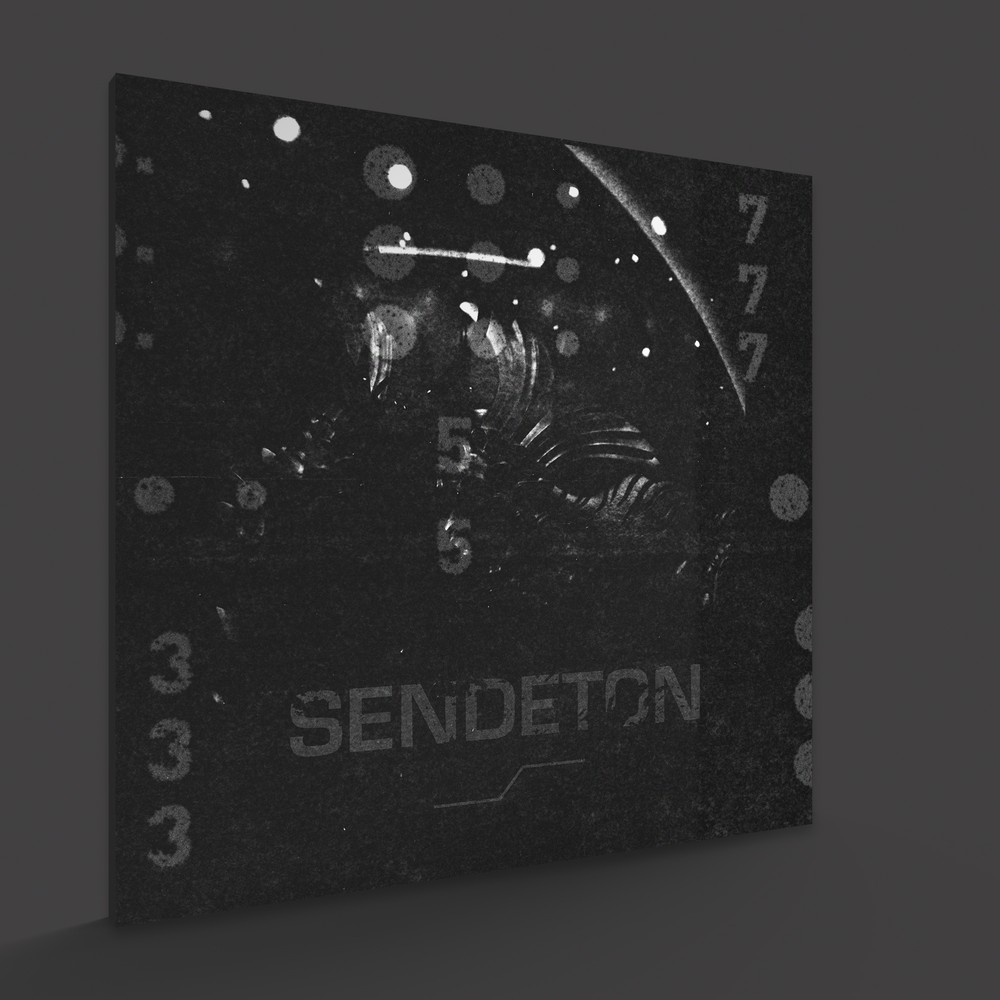
PREVIEW
Übertragung 1
Übertragung 2
[LL029] LIN/LOG – Sendeton
2 Tracks (23:41)
Sendeton is a journey through noises of any kind. It consists of two long pieces packed with radio interference, electro magnetic noise from a variety of home devices as well as patches from an analog modular system. I came up with the idea because I’m quite irritated by the daily noise we’re surrounded by. Therefore I wanted to create noise that is consumable in a more healthy way and that tells a story.
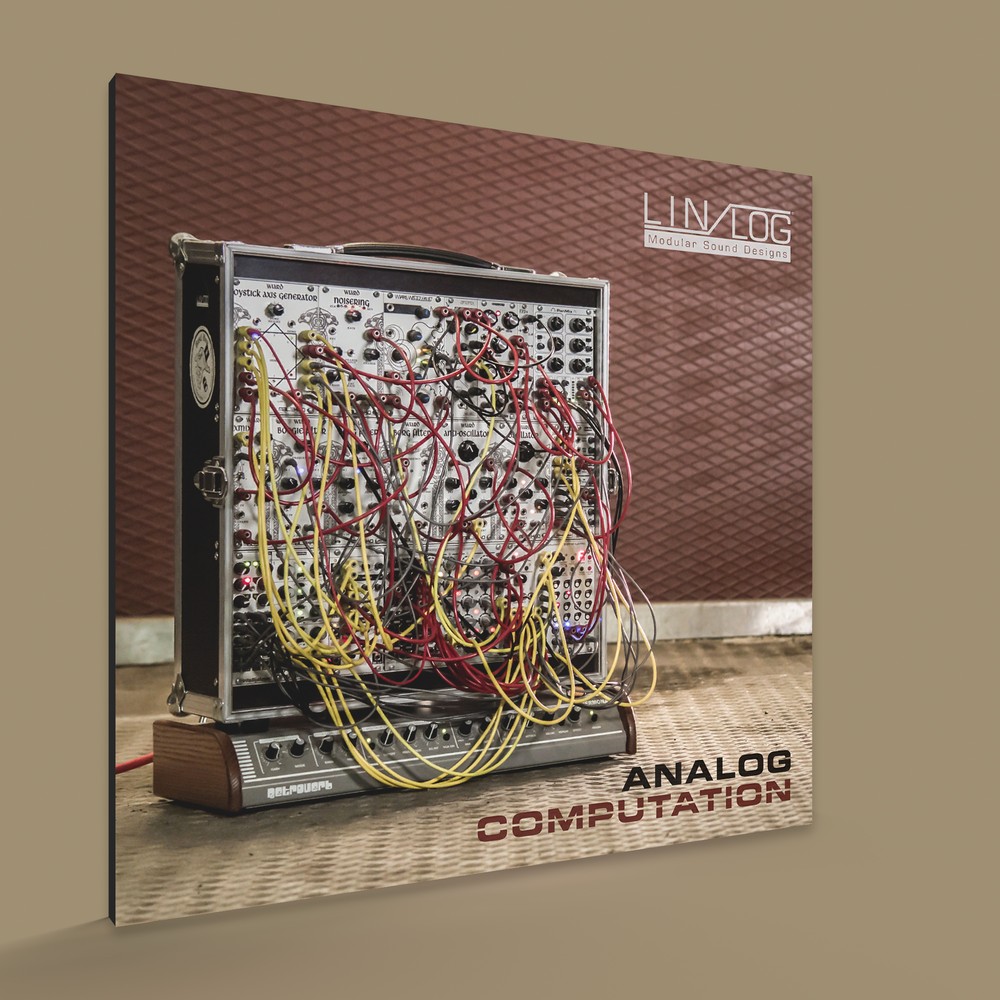
Analog Computation
Release Date: September 2017
BUY or STREAM:
PREVIEW
Noisering Shuffle
Bus Board Burner
Heart In
Vactrol Berserk
Uncanny Slopes
Bugs
[LL028] LIN/LOG – Analog Computation
6 Tracks (21:05)
Analog Computation contains six compositions that were made exclusively with the pictured modular system. Each piece was recorded as a stereo track in one take. The setup contains many of my favorite modules and works self-sufficiently. The Vermona Retroverb was used to give these patches an environment that interacts with the whole sound, providing analog warmth and saturation.
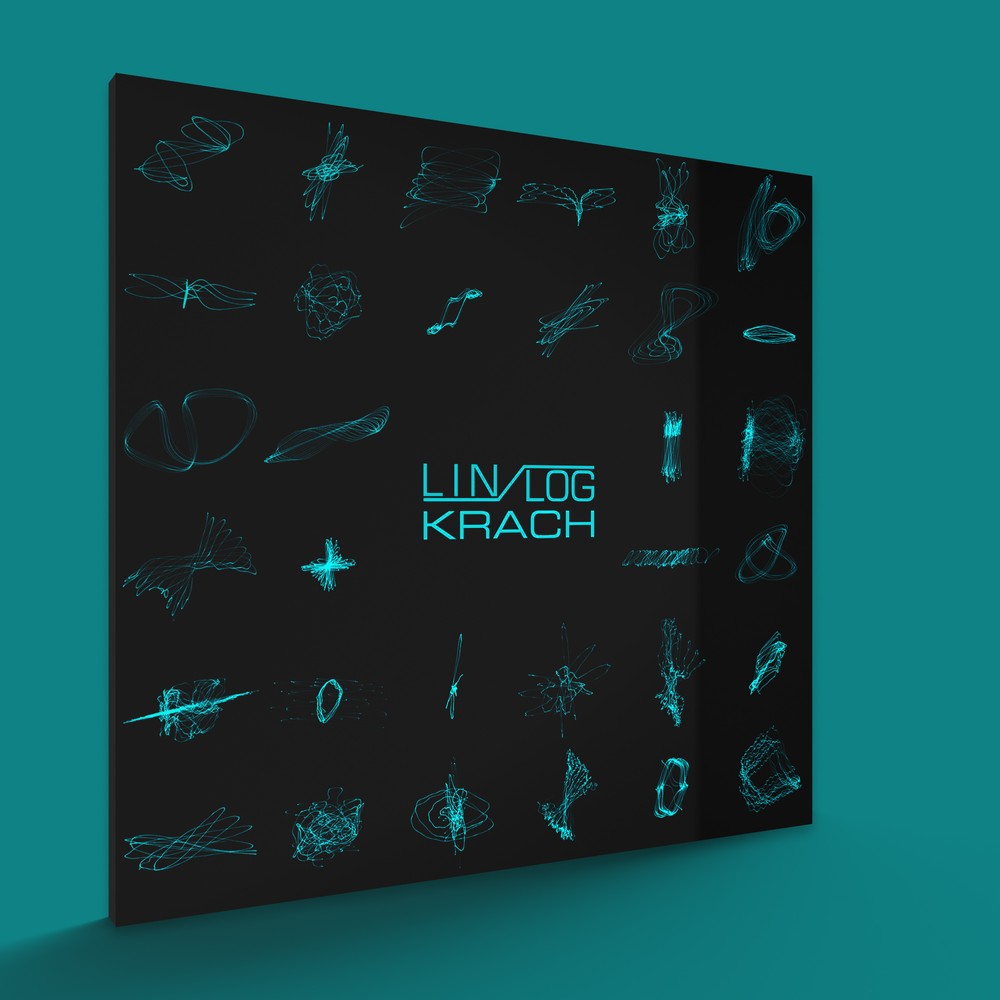
PREVIEW
Immer online
Rentner füttern Tauben
Gender-Jazz
Im Stadtpark
Lobotomie
Strahlung
Tauben füttern Rentner
Lästige Fliege
Tunnelblick
Schattenmann
Mechanismus
Letzte Nummer
[LL027] LIN/LOG – Krach
12 Tracks (41:13)
Krach (i.e. German for „noise“) is a collection of so called self-generating patches. There is no arrangement in general and therefore each piece is following the only rule of being started, recorded and stopped. What is so special about this album is that these patches are driven by matrices that are switching audio as well as contol voltages in quite the musical way. Each patch defines it’s own set of rules for what signal is routed to which destination leading to stunning extremely complex and beautiful sonic expressions. Since there is no arrangement the overall structure of a piece is defined by events that the modular system creates on its own, but is also restricted by the patch itself. The whole album therefore is an adventurous step into a musical form of controlled chaos caused by man and machine.
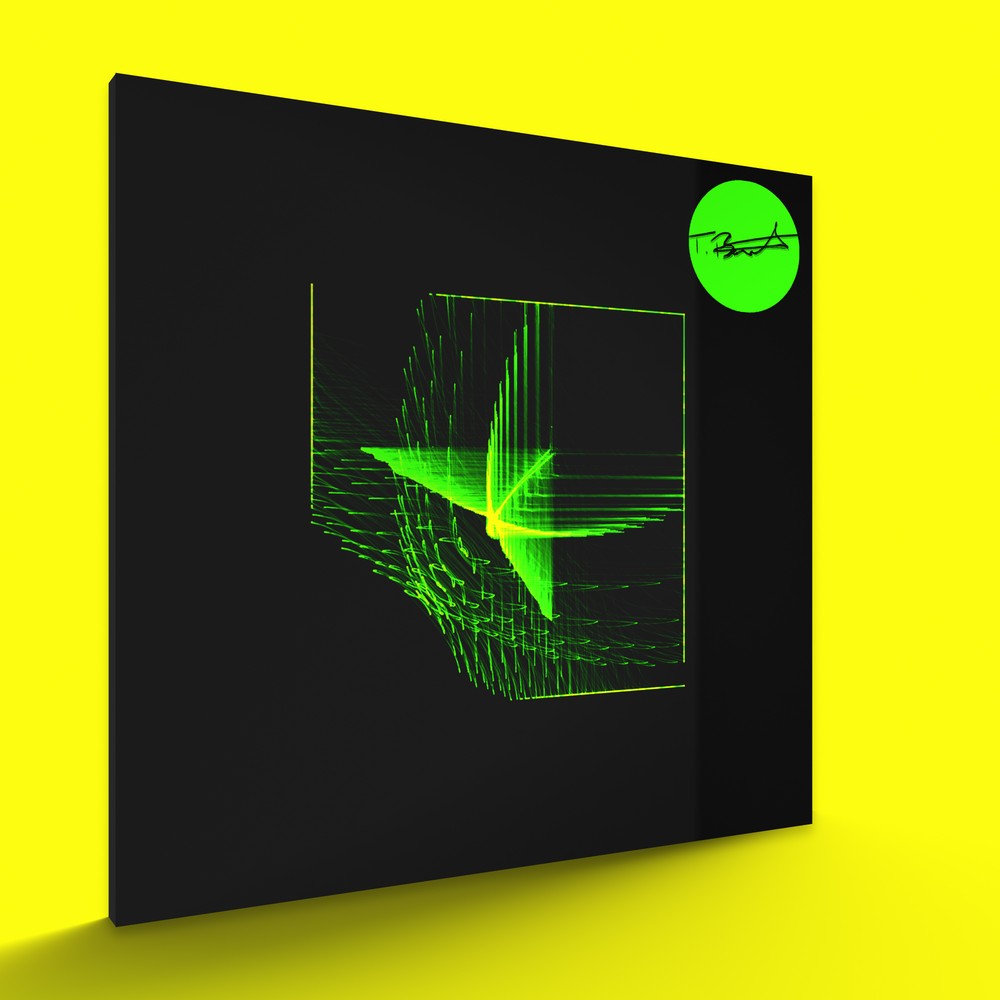
All Shapes and Sines
Release Date: February 2017
BUY or STREAM:
PREVIEW
The Circular Dance
Diode Acid
Notch Rider
[LL026] Thomas Burkhardt – All Shapes and Sines
3 Tracks (12:08)
All Shapes And Sines is all about modular Techno. The compositions are driven by complex self modulating patches. Each sound in this work started as a sine waveform and then evolved into something very unique. The three pieces are crafted with analog gear from the very first patch to the whole mastering process to provide a first class modular experience.

Home
Release Date: November 2016
BUY or STREAM:
PREVIEW
Childhood
Lullaby
The Attic
[LL025] Thomas Burkhardt – Home
3 Tracks (08:48)
The 25th release on LIN/LOG label is a very private one. “Home” is dedicated to my family, who steadily supported all my work and positively influenced all thoughts of mine. Thank you.
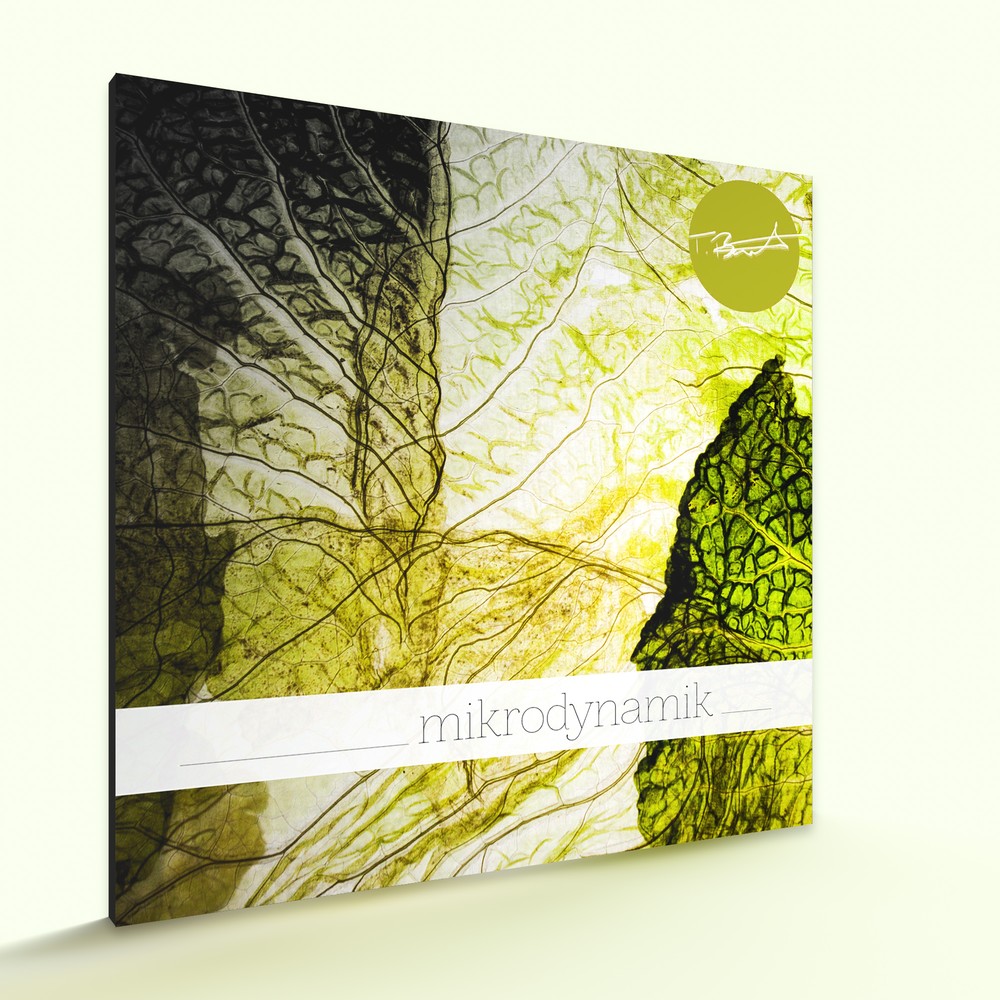
Mikrodynamik
Release Date: April 2016
BUY or STREAM:
PREVIEW
Spross
Tiefenwachstum
Neues Territorium
Konnex
[LL024] Thomas Burkhardt – Mikrodynamik
4 Tracks (17:16)
„Mikrodynamik“ is a term you’ll find in the field of audio but also in science. In this case it stands for a hypothetical connection between audio signals and botany. Current findings in the field of botany indicate that plants actually have a nervous system allowing them to grow as they want, communicate and most likely feel.
“Mikrodynamik” consists of four tracks that have a deep focus on the behavior of plants. Therefore every sound, every tone, noise and rhythmical structure is moving and evolving within organic patterns. Personally I believe that working with a modular system is like finding your own roots and lets yourself grow according to your personality. There is some kind of deep understanding for what nature is that we all have in common – humans, animals and plants.
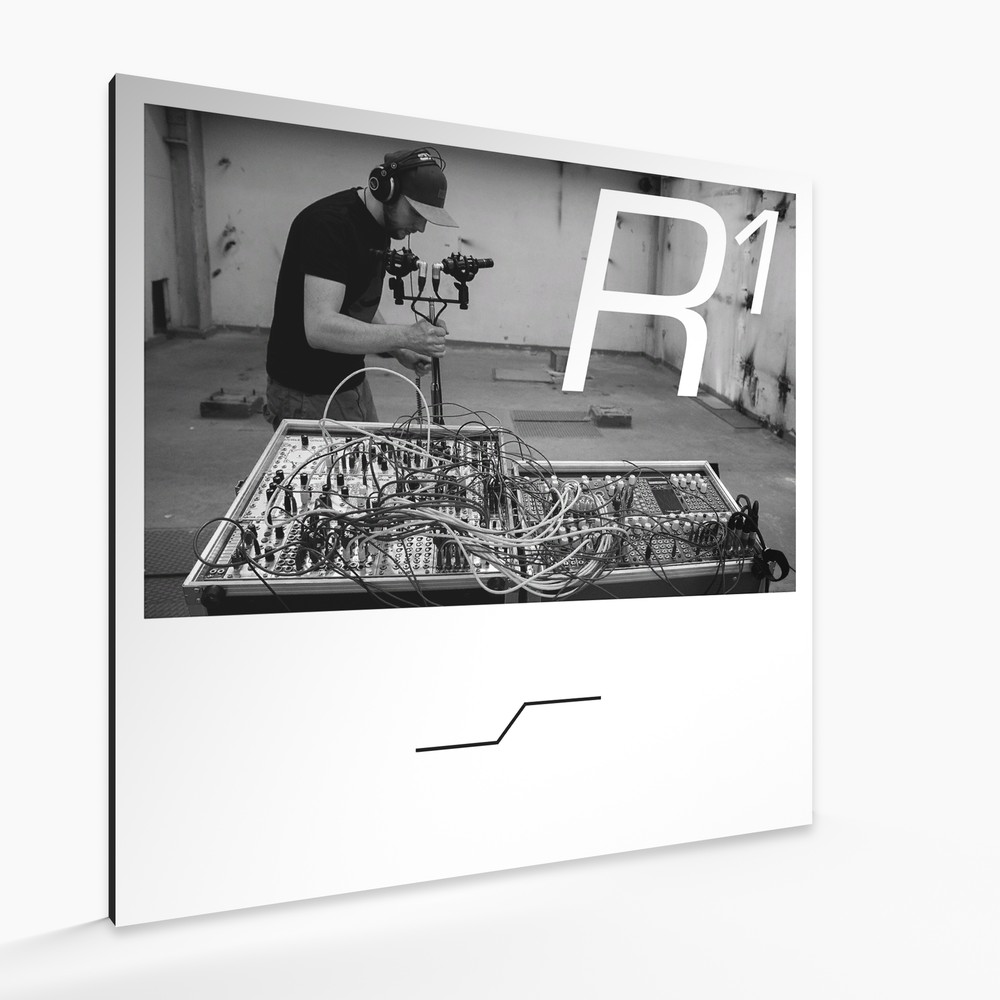
Raumklang Eins
Release Date: January 2016
BUY or STREAM:
PREVIEW
Industriekomplex
Entweihte Kirche
Roboterfabrik
Tiefgarage
Vogelvoliere
Eissporthalle
Haftzelle
Hallenbad
Personenaufzug
Boxklub
Leeres Büro
[LL023] LIN/LOG – Raumklang Eins
11 Tracks (41:38)
Raumklang Eins is a totally new sound concept. Every piece was entirely made inside specific rooms and recorded directly on location using a pair of Microphones in ORTF configuration. All sounds were generated and performed with an analog modular system and there was a quadrophonic sound exposure.
Also available as limited edition CD (contact me for availability)
The Making-Of “Raumklang Eins”
The Concept
Raumklang Eins is a vanguard project. The main idea derives from the consideration how electronic music would sound when it would behave like acoustic instruments do in recording sessions. In other words: When you’re recording an instrument you need a microphone that picks up the sound of the instrument that is playing in a room. So the sound is being transported by air to the microphone, which also picks up the room’s unique characteristics in connection with the instrument’s sound. You don’t have this sound characteristics when working with electronic instruments, because where is cables there is no “room”. So this is where the focus of this project lies: To record electronic music in specific rooms in order to capture each room’s unique characteristics. So there are actually two interesting questions why I wanted to do such a project: “What happens to electronic music when it loses it’s concrete, precise, non-spatial characteristics?” and “How does the unique characteristics of a room influence the sound of the recording itself?”.
The Execution
In order to capture the true sound of each room I didn’t want to use many different microphones that were placed at different spots, because that would cause an unprecise image of the acoustic situation. Therefore I used a pair of Lewitt LCT 340 in ORTF configuration and placed them at a position of each room where the “audience” was sitting. And that’s why all tracks do not contain any mix, because they are all just 1:1 images of how the music sounded at a certain spot inside each room. And to really have impressive results I did not perform the music in stereo, but quadrophonic! So I placed four speakers around the microphones. The sound was literally moving from one speaker to another creating incredible sound images of the room. For instance in some recordings the sound was moving from the back of the audience’ position to the front. You might say: “But you have recorded everything in stereo. Why should there be any effect when the sound comes from behind?”. But there WAS a huge effect, because the reflections of the sound from behind had a longer way to travel to the microphones! You can really feel each room’s dimensions.
The Music
I haven’t made any preparations for each recording regarding the musical performance. I just went in and deeply listened to what could sound right. Then I just improvised with the modular system and made sounds I thought would fit to each situation. Still each patch was quite complex in order to give the audience no flat performance just because the idea with the rooms was good enough. Sometimes there were additional sound sources like the canary birds or the swimmers at the indoor swimming pool. I also wanted to achieve different feelings with each recording. The ice pavillion for instance is a recording with cold and harsh sounds that make you feel a bit anxious while the defiled church gives warm and cozy impressions.
The Result
I am very proud of how Raumklang Eins evolved. It took about one year to travel to all locations, made the recordings, selected the takes and mastered the sound.
Limited Editions
-
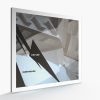 Kontinuum 18 €
Kontinuum 18 €Double CD | Please use message box for inquiry.
-
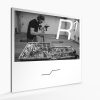 Raumklang Eins 12 €
Raumklang Eins 12 €CD | Please use message box for inquiry.
-
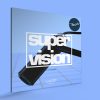 Supervision 12 €
Supervision 12 €CD | Please use message box for inquiry.
Message
© Copyright by Thomas Burkhardt. All rights reserved. / Imprint / Data privacy / Site by kunstwerk
© Copyright by Thomas Burkhardt.
All rights reserved.
Imprint / Data privacy
Site by kunstwerk

